







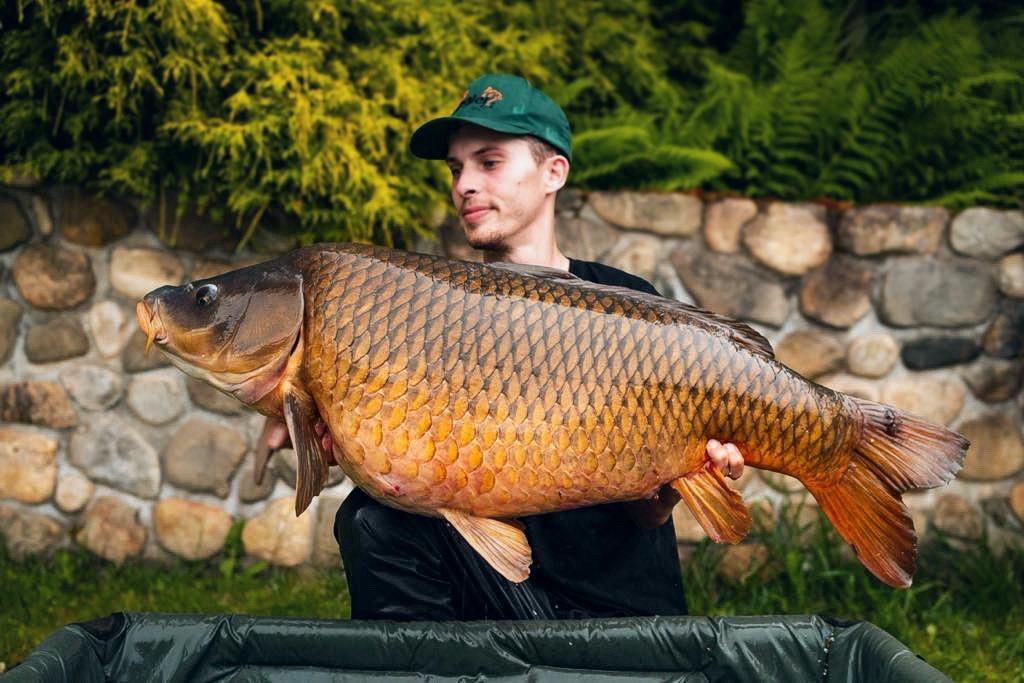



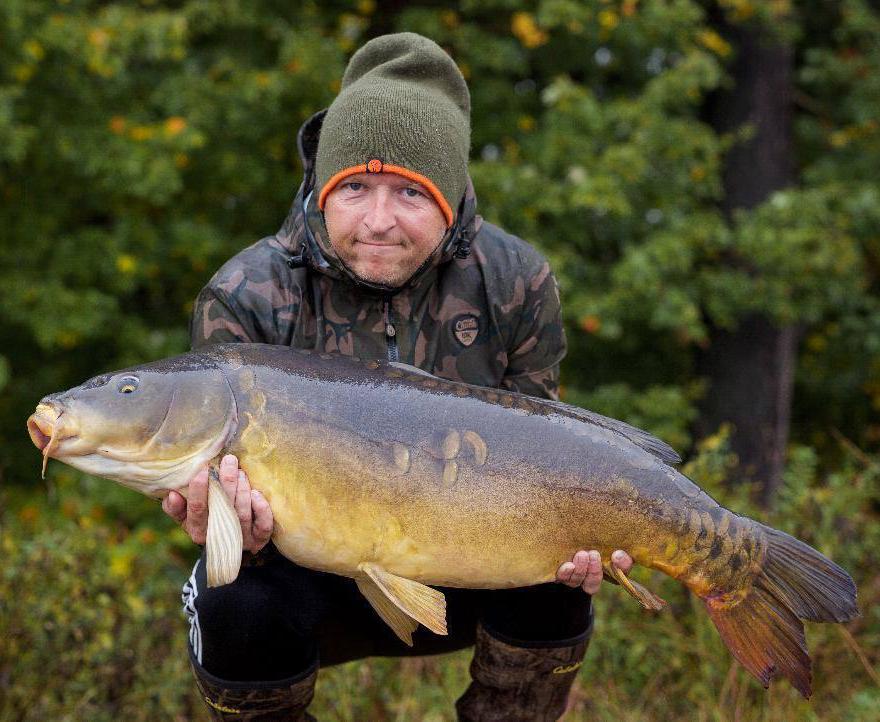
As we get to the middle of the summer, I’m starting to look forward to the weather cooling which with it brings a return to the banks as the Fall is one of my favorite times of the year to fish. The Northeast offers some excellent carp fishing year round, but the Fall holds a special place in my heart as I’ve caught some of my biggest fish during this time. Add to this, an October trip to Italy to fish for giants I’m hoping a few special fish will grace my net.
In this edition we have CAG news and tournament updates including the Spring Big 4 results of last year, Essence of Carping, CCC, the Yankee challenge, New York and Minnesota fish-ins and the St. Lawrence Junior event.
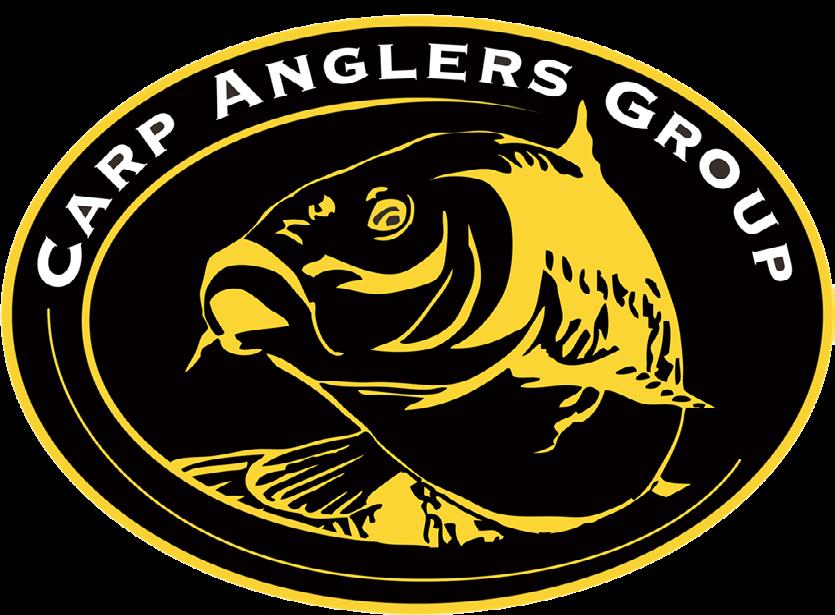
Dean Brookes
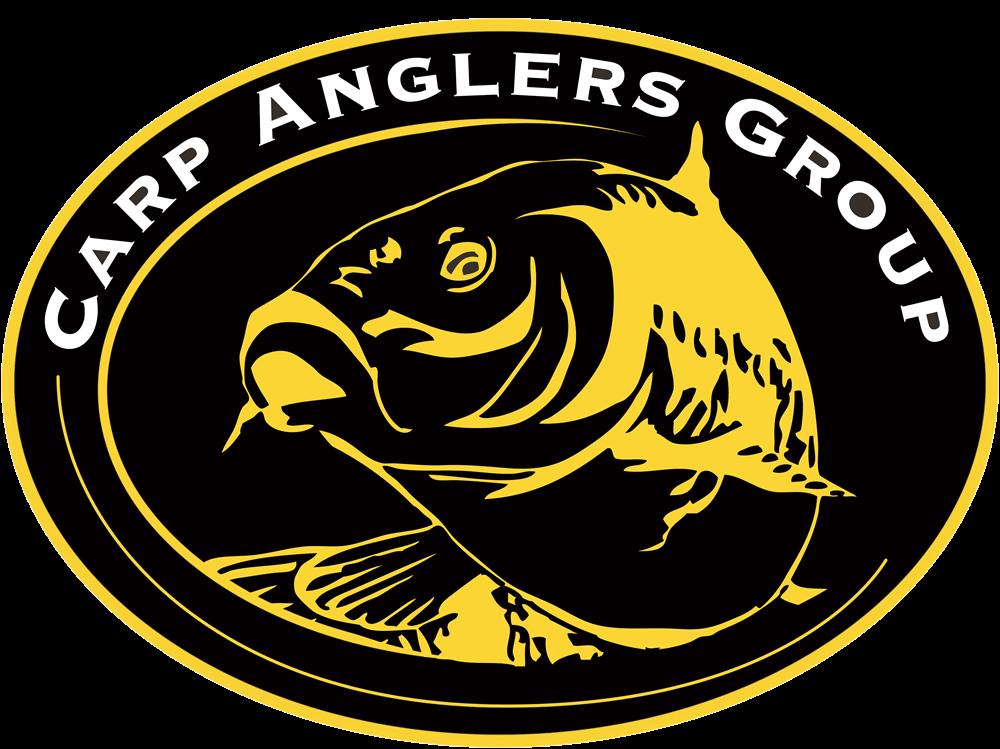
We also have guest articles from Iain Sorrell, looking at emulsions, James King with some very impressive Buffalo and a look at the new Connecticut state record with Brian Santos.
As always we rely on our members contributions and I want to thank everyone; both past and present who has contributed to this magazine over the years. Without your input the magazine would cease to exist.

Hope you all enjoy this edition and as always, if anyone would like to contribute; please send any communications or materials to naca@carpanglersgroup.com
Dean Brookes


As this issue is being finalized I’m getting ready to head up to Waddington NY for the St Lawrence Junior International Carp Tournament. This is the tournament’s 21st year and I am hugely proud of CAG’s involvement and thankful for the incredible dedication by tournament director Jo Ann Roberts and her amazing team. We will be welcoming up to 80 kids who take part in two days of fishing competing for Trophies, Prizes as well as individual & team awards.
This year we have also added a special event for 8-10 year olds and along with the Carp School for newcomers to learn all about the fun of catching carp and especially playing, landing and releasing fish safely.
In May I drove out to Denver from SW Florida to meet our first grandchild. I also had the opportunity to meet up with CAG Events Director Amy Demrovsky and her husband Mark who very kindly took me fishing for the evening. We had a blast and thanks to their local knowledge and expertise I even managed to catch three nice commons.

Each US State has it’s own regulations so it is always important to check on any restrictions on bait or chumming and also how many rods you can fish.
Have a great summer and keep us updated through the CAG Facebook page or CAG Forum.
Iain Sorrell
CAG President
email: iain@carpanglersgroup.com



By James King
From an on-the-bank fishing perspective, in waters that contain both Carp and Buffalo, it can often seem as though there isn’t much of a difference between the species. You can be catching common after common and then all of a sudden it switches to Buffalo, using the same bait and tactics. However, I do believe there are some subtle things you can do to turn in your favor if you wish to catch more Buffalo.
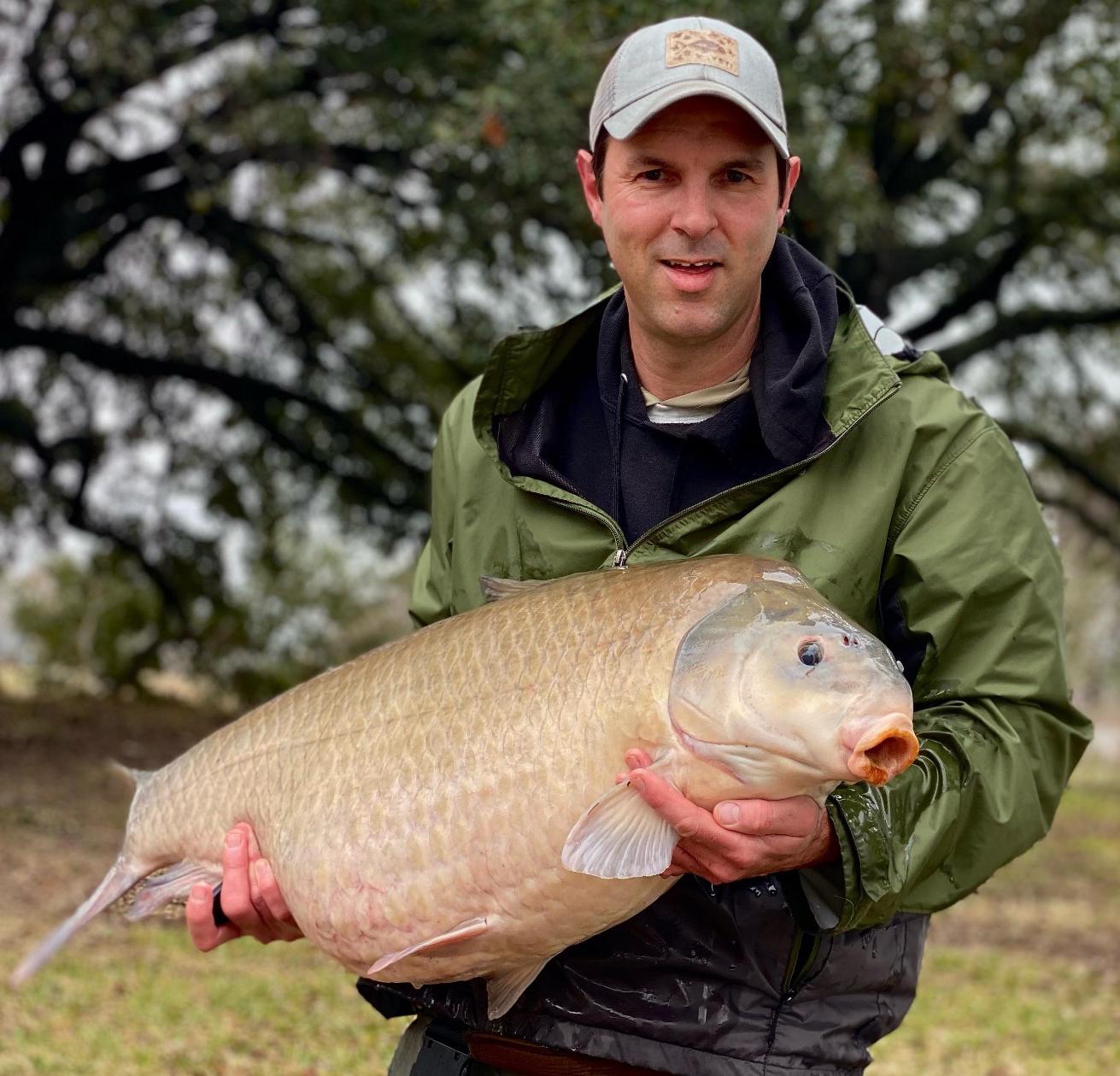
As with any kind of fishing, location is key. All things being equal, Buffalo prefer slow or no moving water in 12ft or deeper, so on rivers look for areas outside of the main flow. If you are on a big open lake, they will tend to follow the wind most of the year

so finding a swim where the wind has been blowing in for several days is a good start. This is especially so with a northernly (generally low pressure) at the end of the summer and into fall.

For location, one of the easiest starting points is to simply ask other anglers for some insight or check out their social and a little detective work.

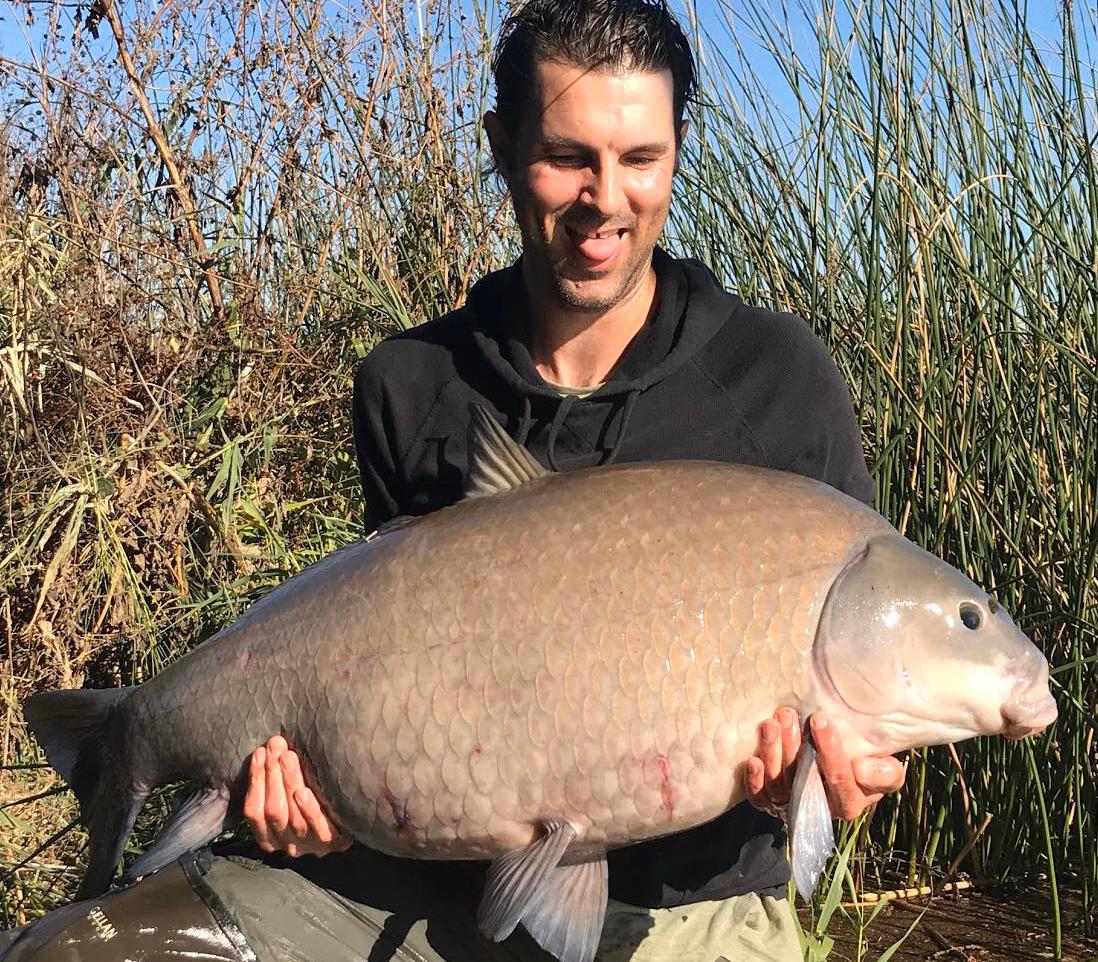

Smallmouth Buffalo rarely seem to be in a hurry and graze over bait just like their landlocked name sake. I always use pack bait for buffs, it is simply the best tactic. If lowering down from a boat or kayak I make it as big as possible, grapefruit size is great. If I only had one bait to fish forever for buffs it would be the humble tiger nut. If the fish are generally small (teener to 30lbs) I’d opt for a size 6 and a single tiger with a small fake maize. 30+ fish and I’m happy with a jumbo tiger, fake topper and a size 4 hook.

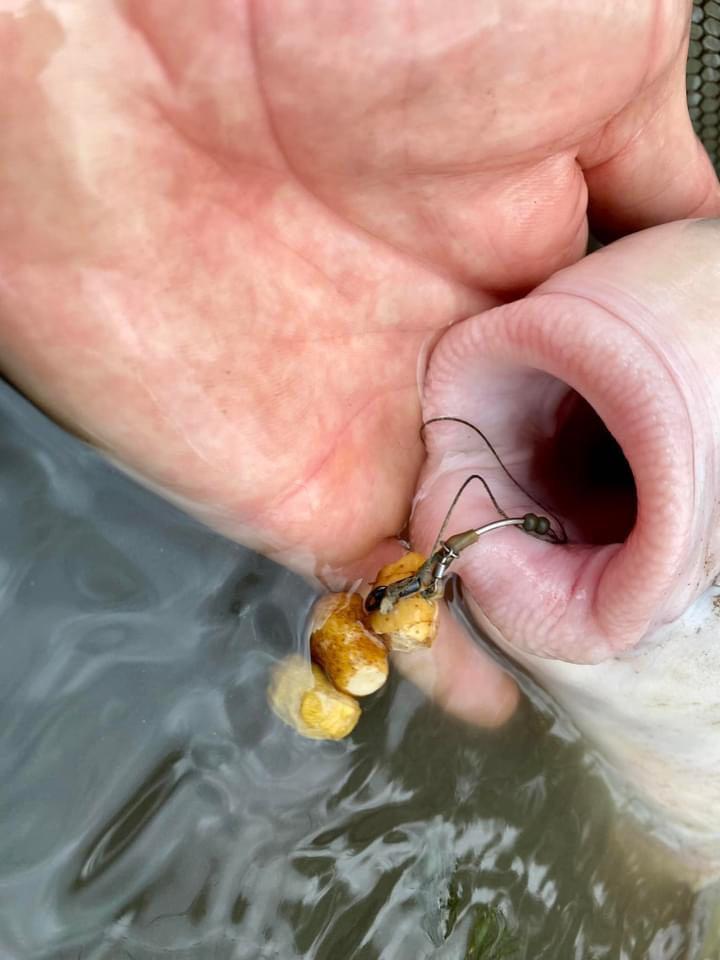
Speaking of hooks, the sharper the better. The Buffalo have thick rubbery lips, so it is essential the hook is pinpoint sharp.

As they feed so slowly, and even roll the packbait around for a while, I like to use a neutrally balanced bait that resets itself with a short (4-6 inch) supple hooklink. Now, all of these tactics can and will catch commons too, but this is certainly my preferred approach.
I fish the packbait over beds of particle and am happy to put about a gallon of maize / chopped boilie and chopped tigers over the rig each cast or about once every two hours. This of course is always venue dependent on size and number of fish in your swim.

One of the biggest differences between the species from a catching perspective is certainly their bite. Even when I’m single boilie fishing for commons, you know it’s a buff because they almost always pick up and move slowly towards you causing a big drop back. I use very tight lines and a heavy
bobbin and will tighten the reel back up when I have a drop back. If it drops again within a few seconds of tightening the line, I am confident a fish is on and will lift up and hit the bite. If after I tighten back up nothing happens, i will just patiently wait for another drop back (or even better), a full run and fish on!
All in all, knowing where buffs are in large numbers to begin with is the best starting point. Utilizing some of the tactics laid out here in swims with a variety of species will give you a slight edge on landing yourself a mighty Buffalo and in my opinion, the world’s greatest freshwater fish.
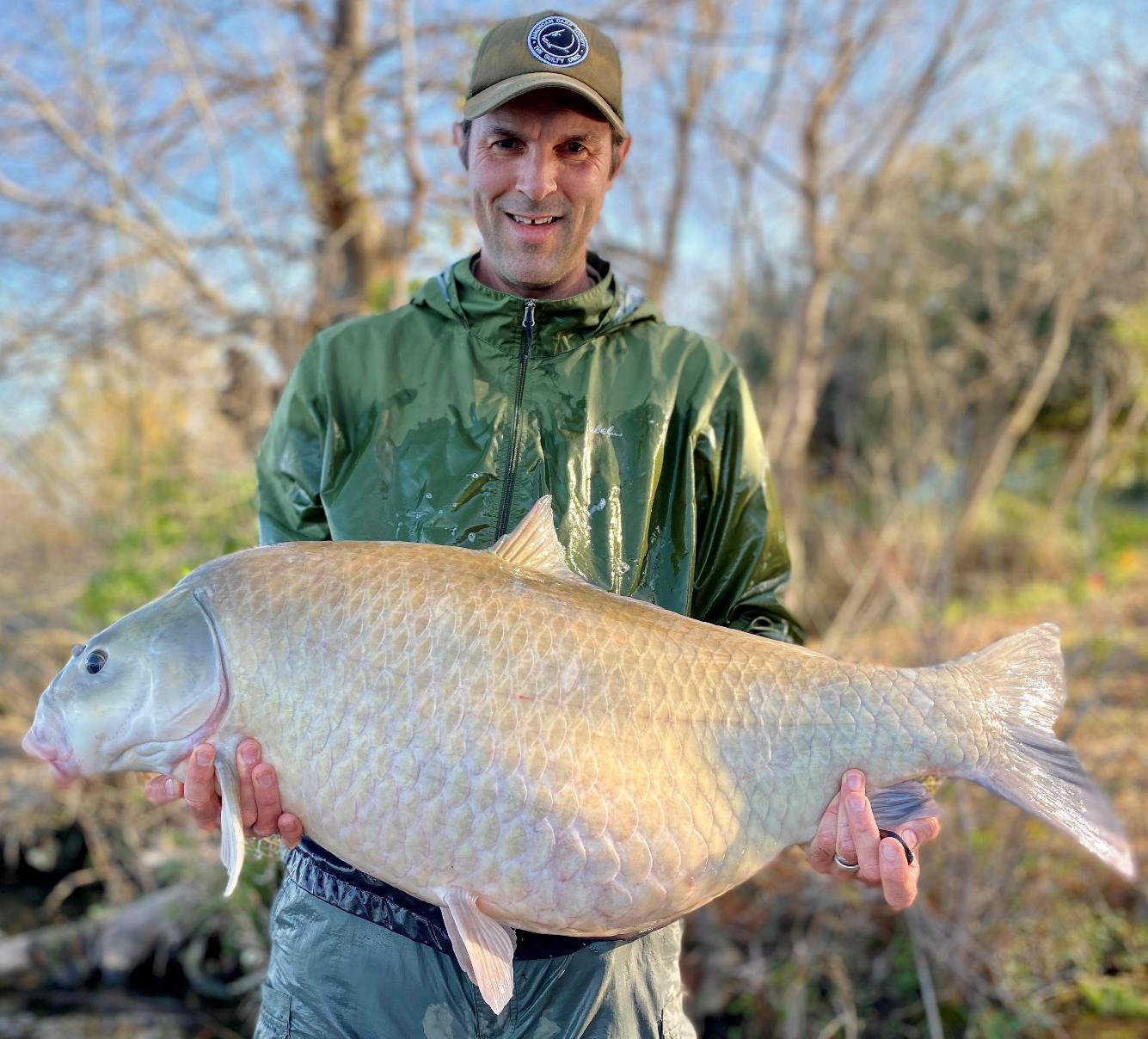
lines!


www.instagram.com/CarpandBuffs/

www.youtube.com/@CarpandBuffs
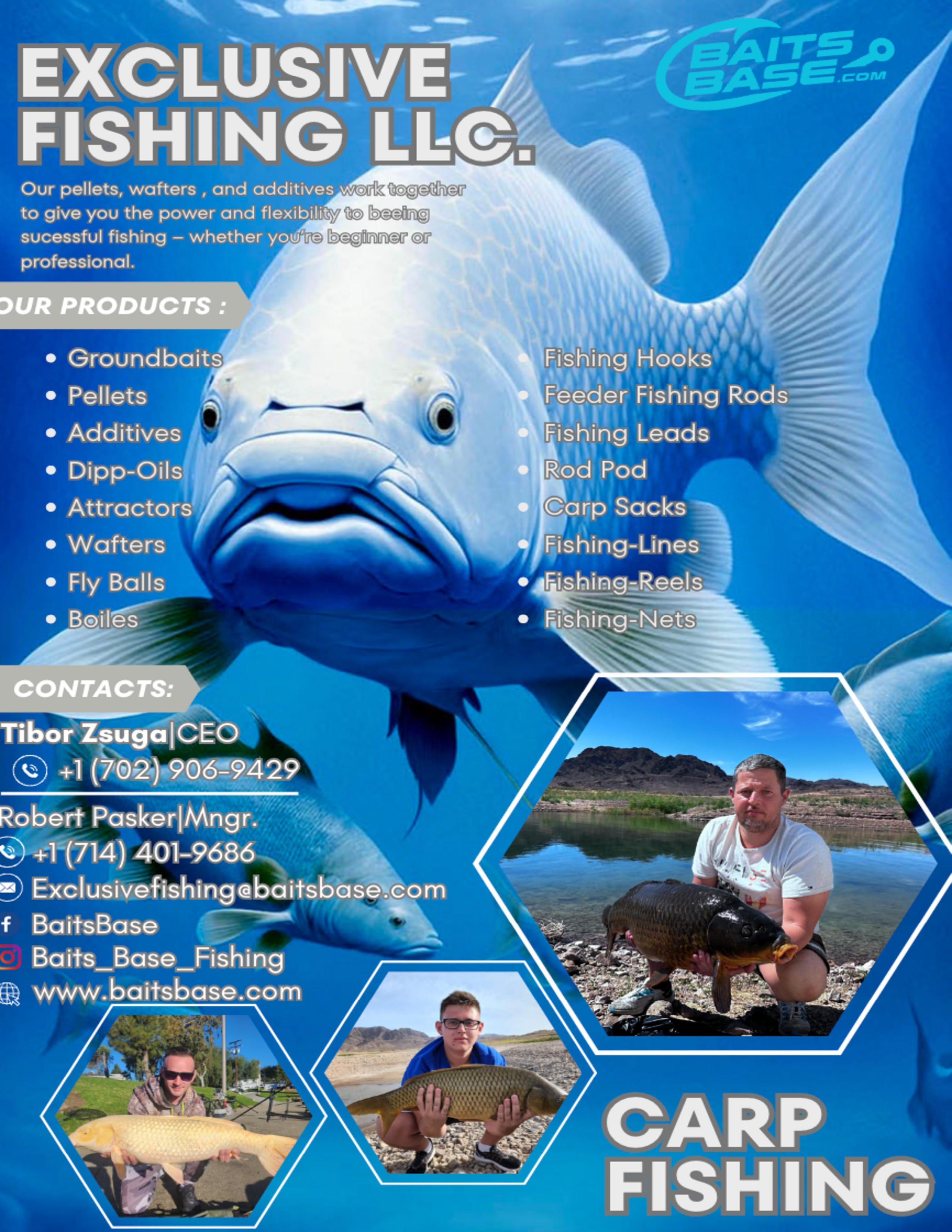
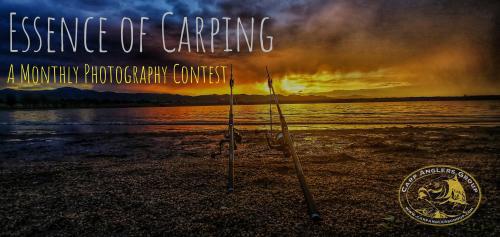
CAG members are invited to submit photographs that capture what is unique and exciting about carp fishing in North America.
Each month the winner will receive a special prize plus recognition for two runners up.
The photos do not have to be of someone holding a fish (this is NOT a Trophy fish competition) but they should be recognizable as being related to carp or buffalo fishing in North America and should reflect the capture of a special moment.
The ‘essence’ of carp fishing in North America might memorialize a remarkable scale pattern, someone’s first carp, a group of friends fishing together, a spectacular sunset, time of year or perhaps a dramatic background or landscape.
The judges will be fellow members who should pay particular attention to the subject matter and composition and not just the photographic or editing skills. In the event of a tie or any disputes the CAG BOD will be the final arbitrator.
Each month we’ll announce a winner and Award a prize or voucher (worth $100) with the winning photo appearing in a forthcoming NACA magazine as well as the CAG Forum Site and Facebook page. The top 3 will also receive CAG Medals.
The entrant must be a Full CAG Member & the owner of any copyright to the photograph.
An entrant may submit a maximum of TWO photos only in each month.
The photograph must have been taken in the submission month (final date for submissions is 24 hours after the end of each month)
All fish photos must demonstrate appropriate carp care and catch & release
Each submission must include the following details:
1.The type of device (e.g. camera or phone) used.
2.The date the photo was taken.
3.Location (nearest Town and State).
4.Your Name
5.Photo Title (e.g. Mirror Magic, Waiting for the Bite etc)
Entries should be submitted to the “CAG Essence of Carping Competition” under the appropriate “Month” below.
Entrants agree that CAG may use or display a submitted photo on the CAG website and Social Media resources.

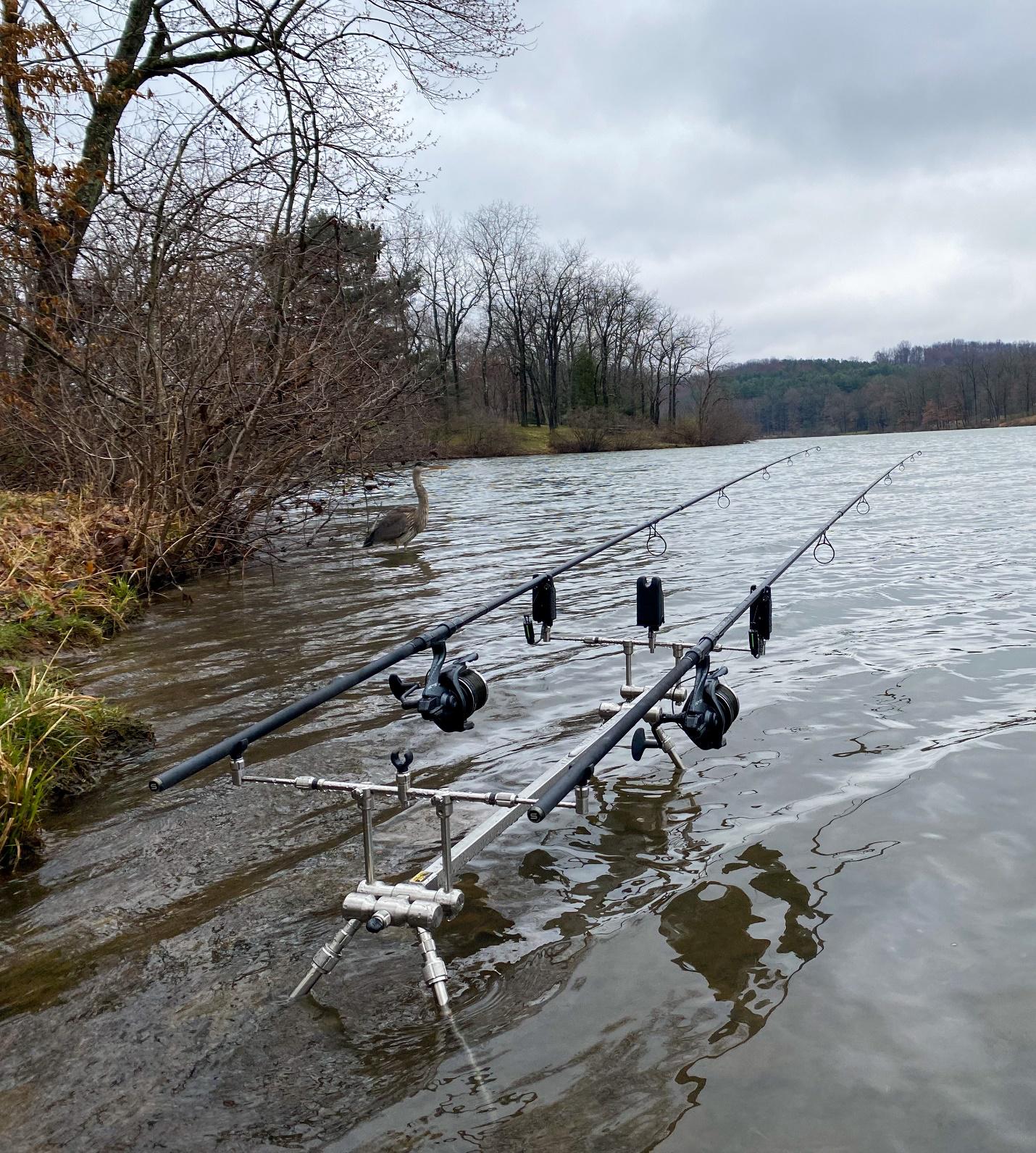
Place
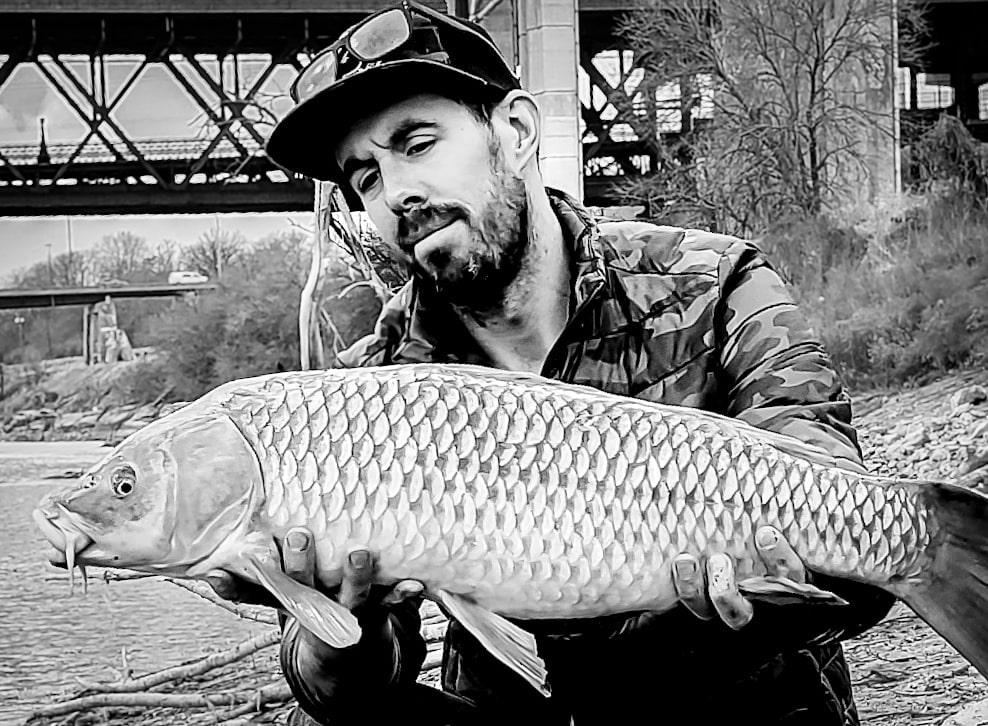
1st Place
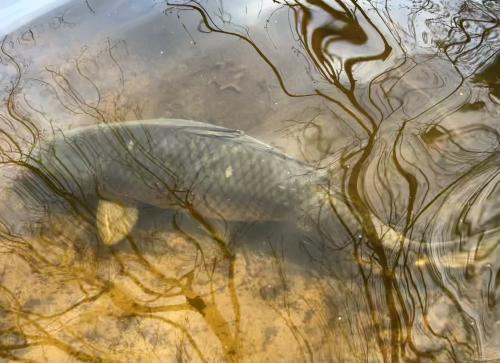
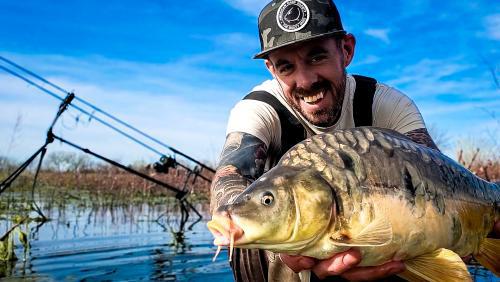
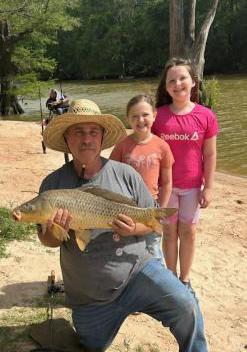
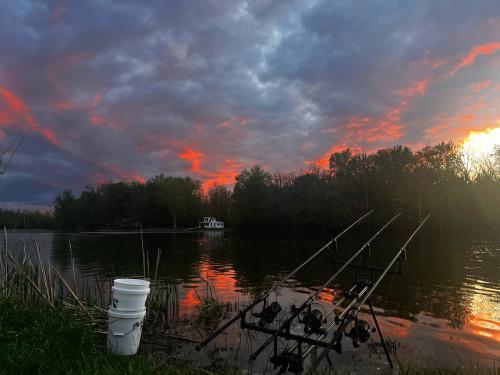




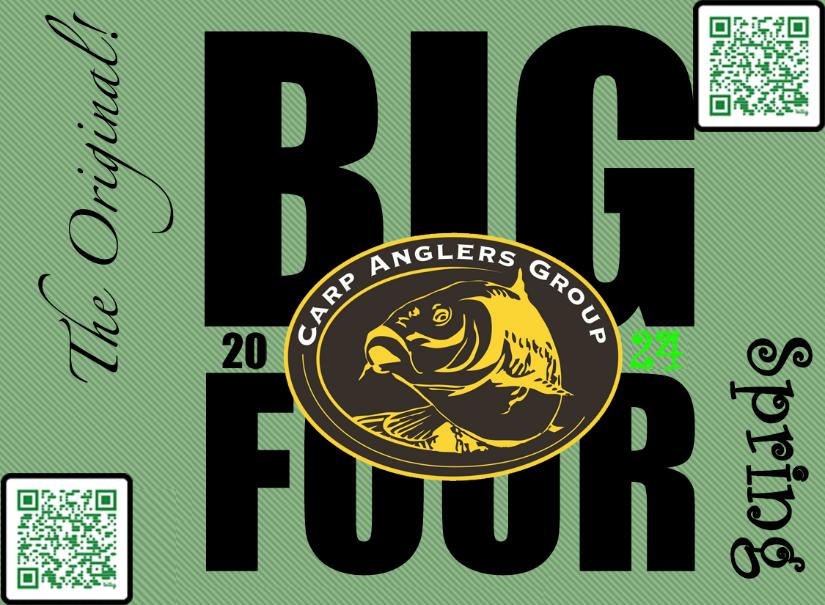
Results:

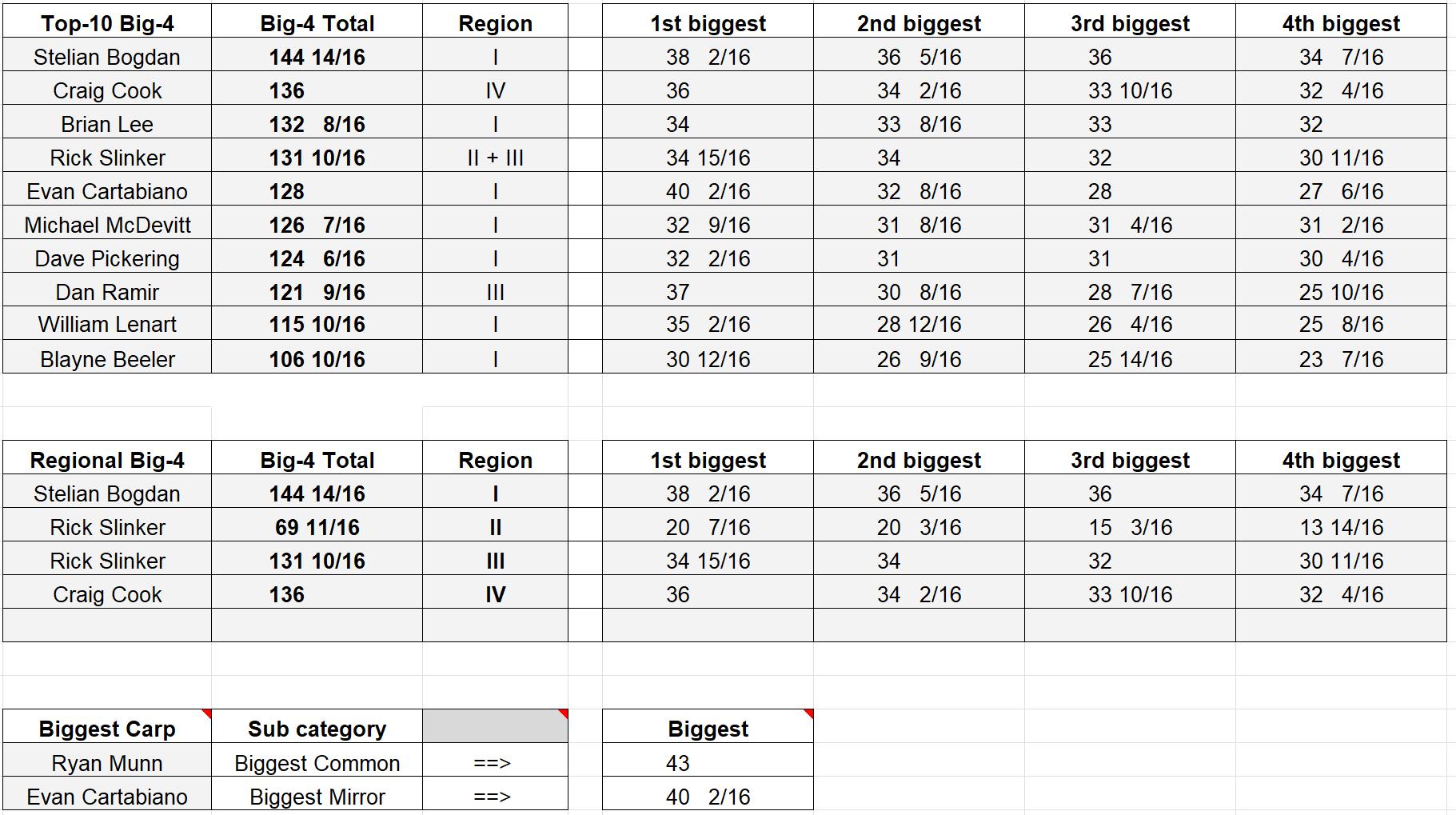

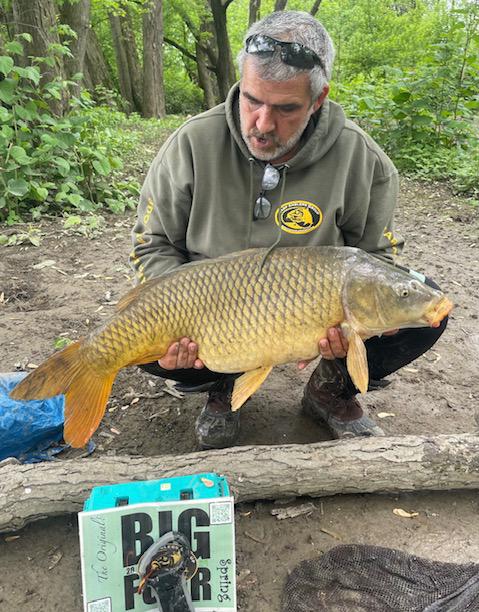
2nd Place & Region 4 Winner
– Craig Cook
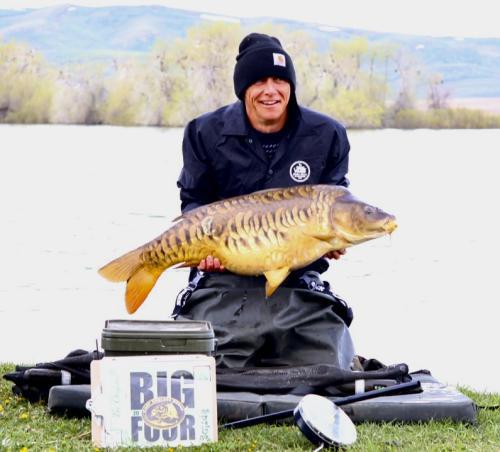
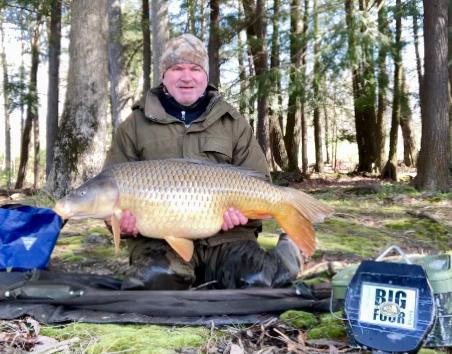
3rd Place – Brian Lee
4th Place & Region 2 and 3 Winner
– Rick Slinker
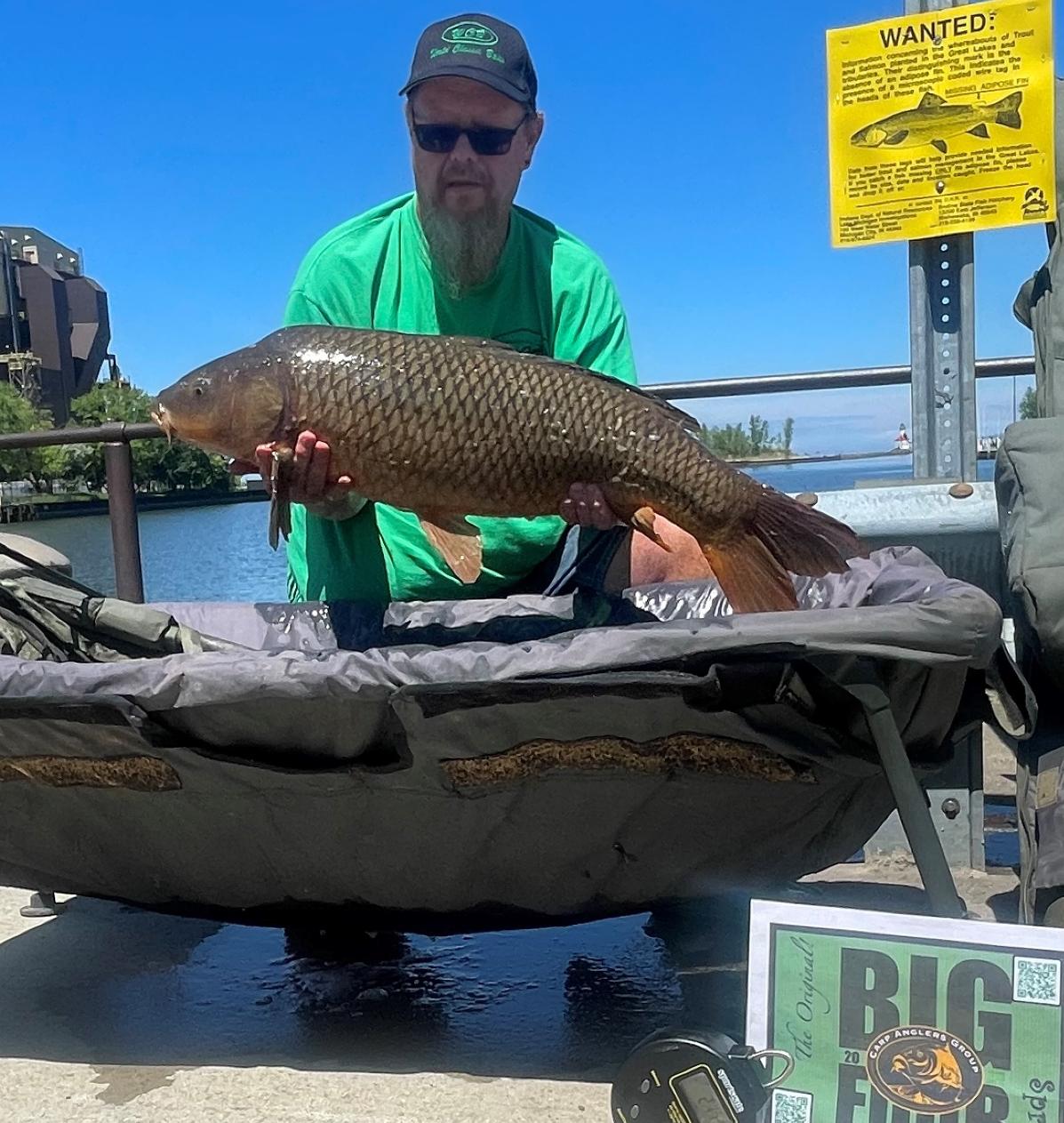
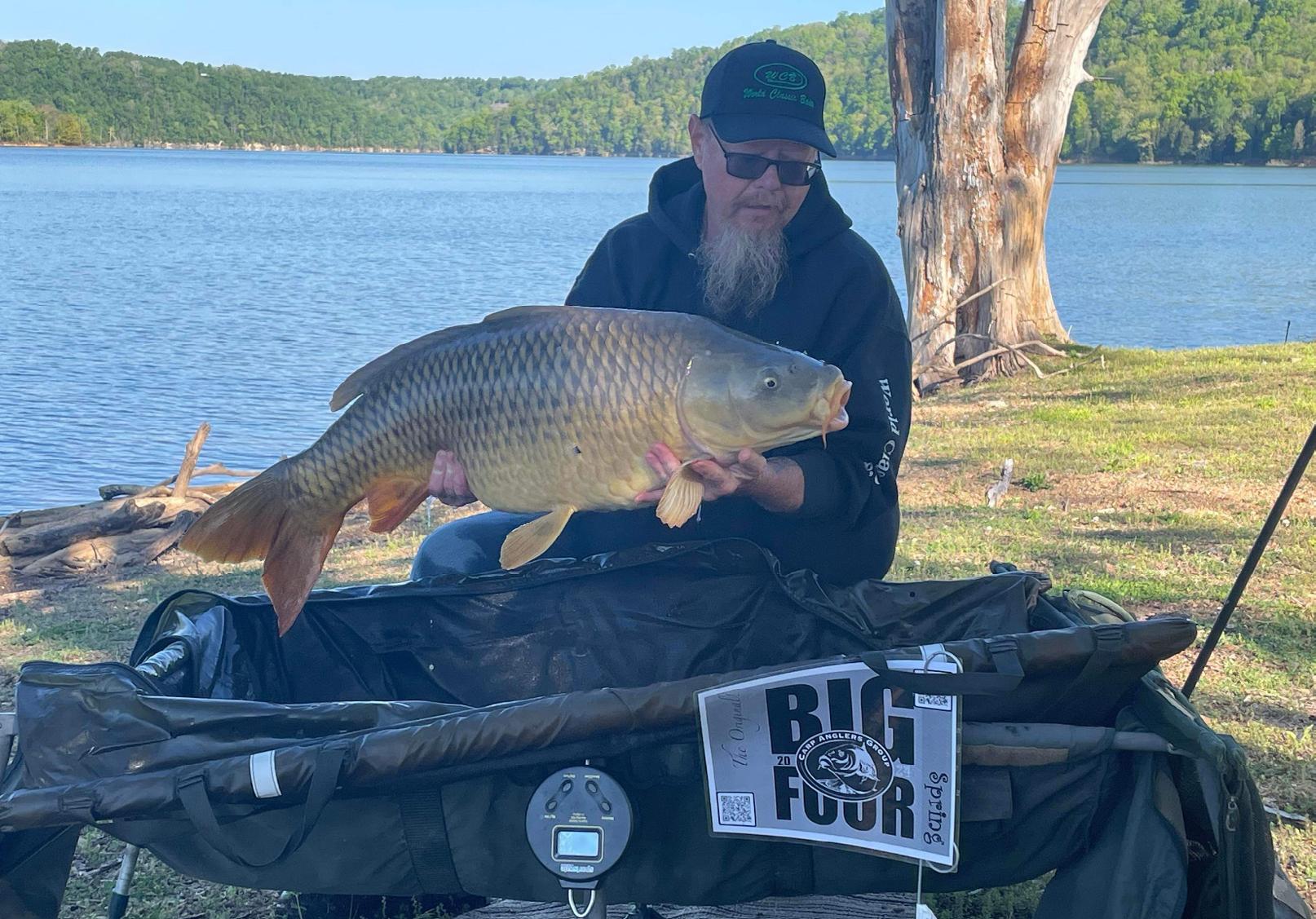
5th Place –
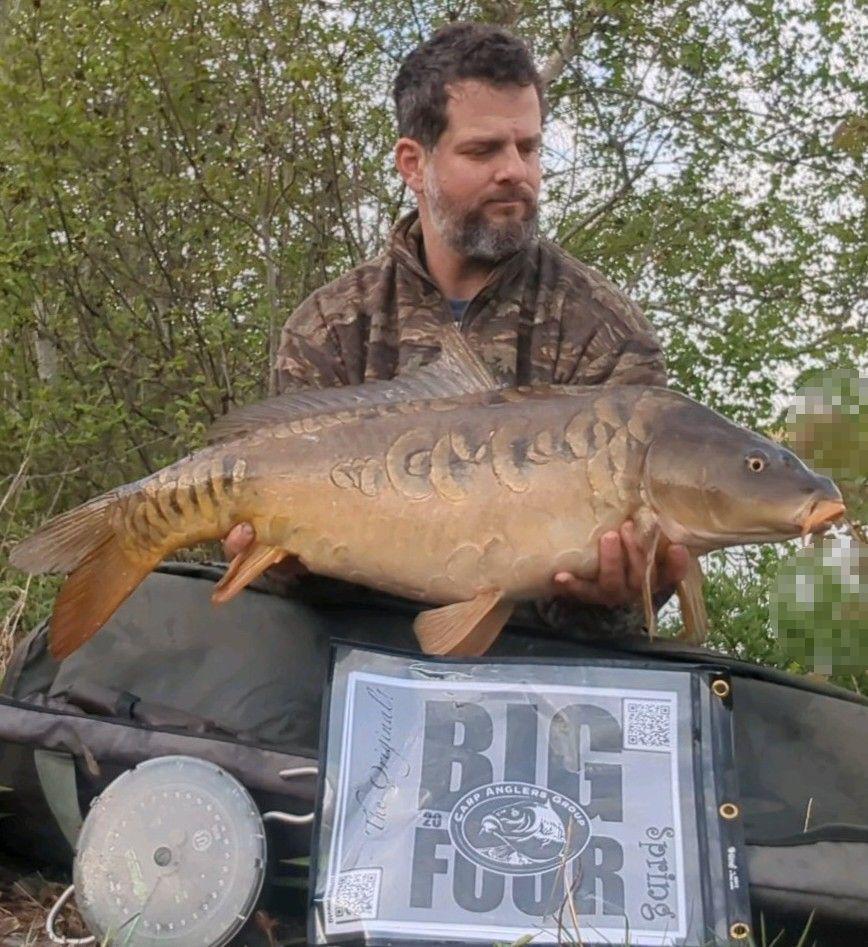
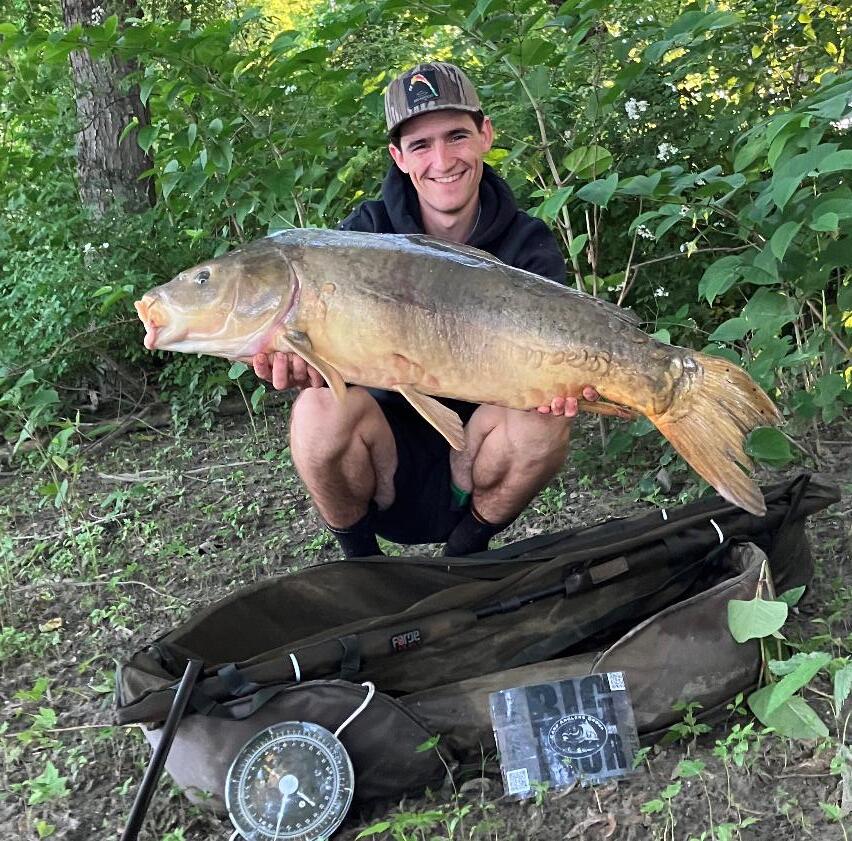
6th Place –
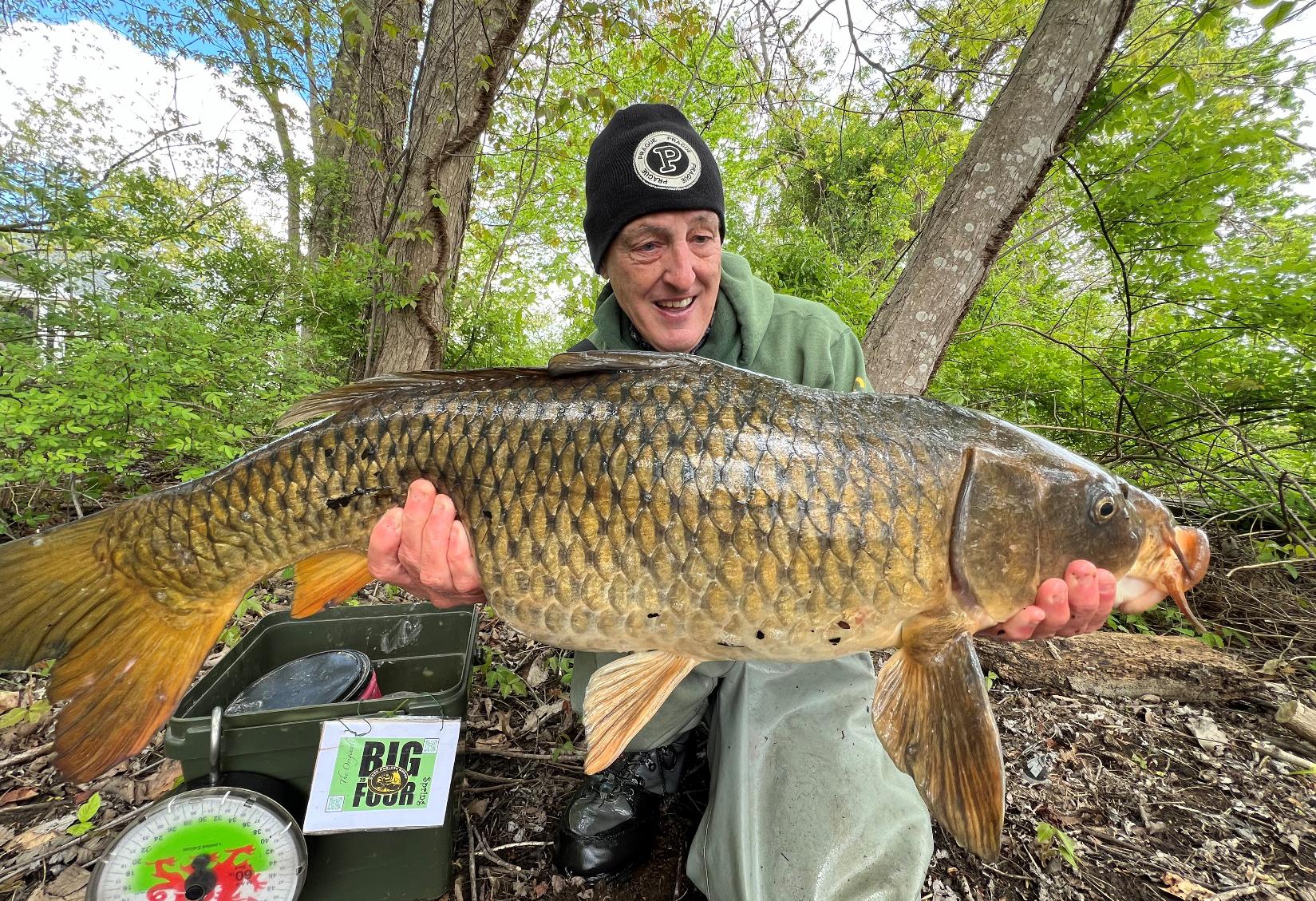
8th Place – Dan Ramir
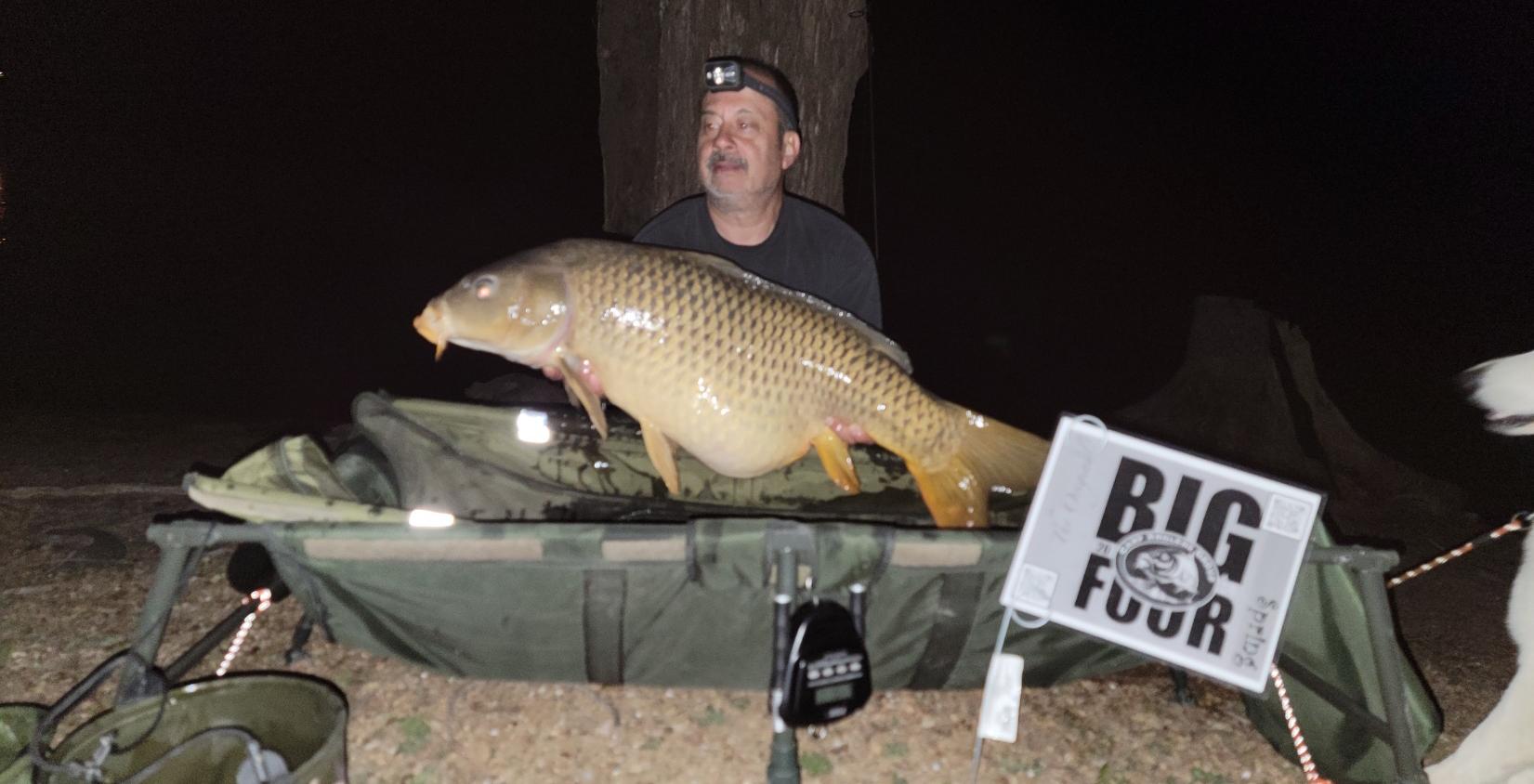
9th Place – William Lenart

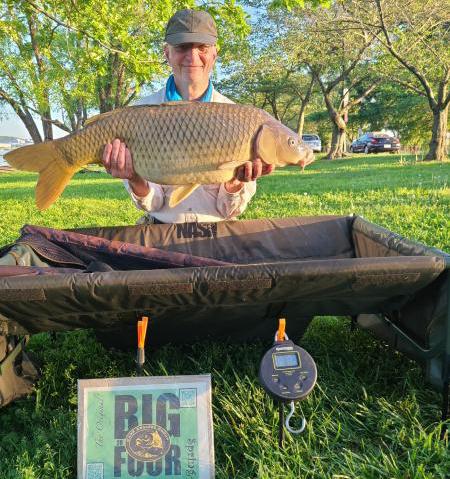
10th Place – Blayne
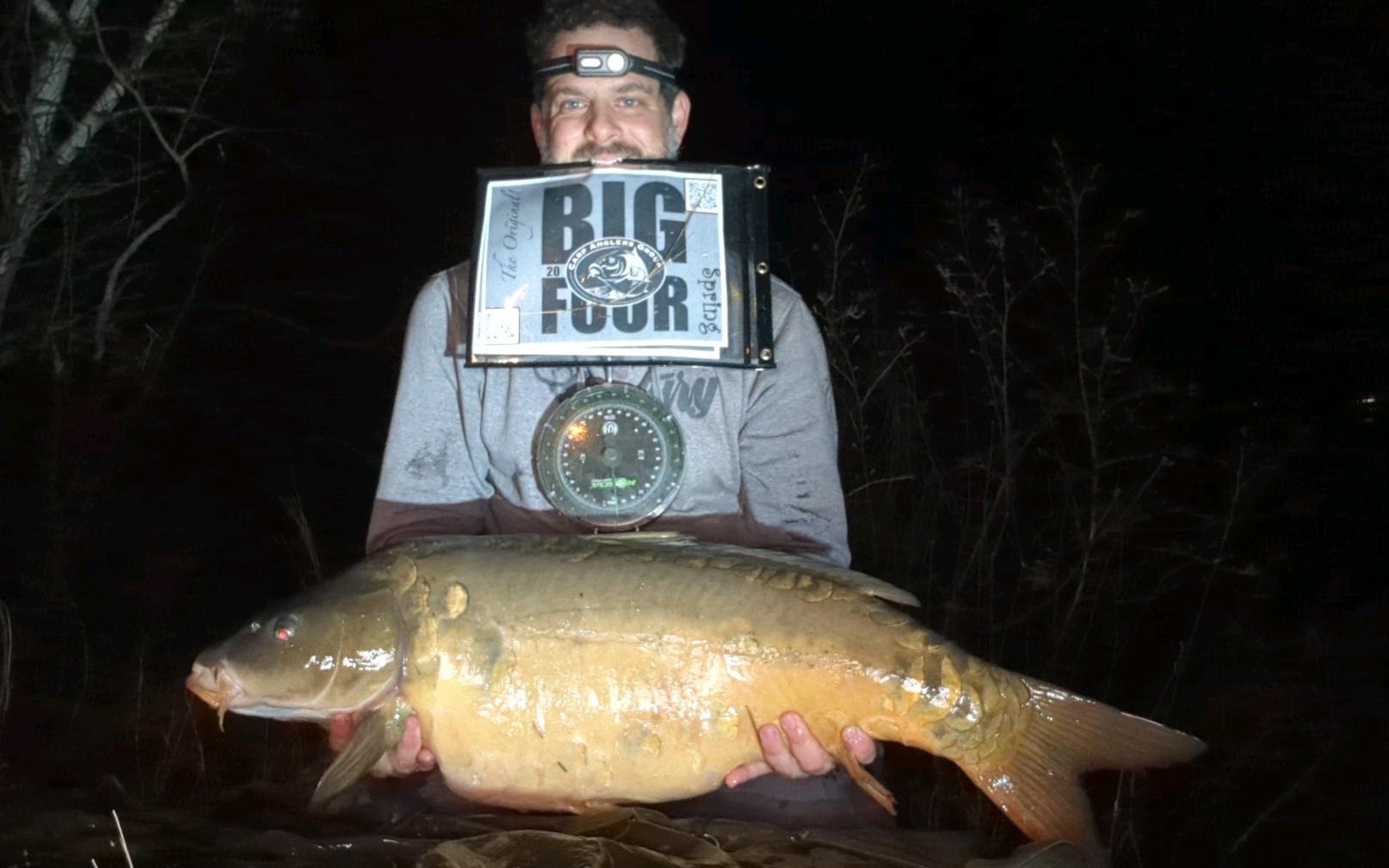
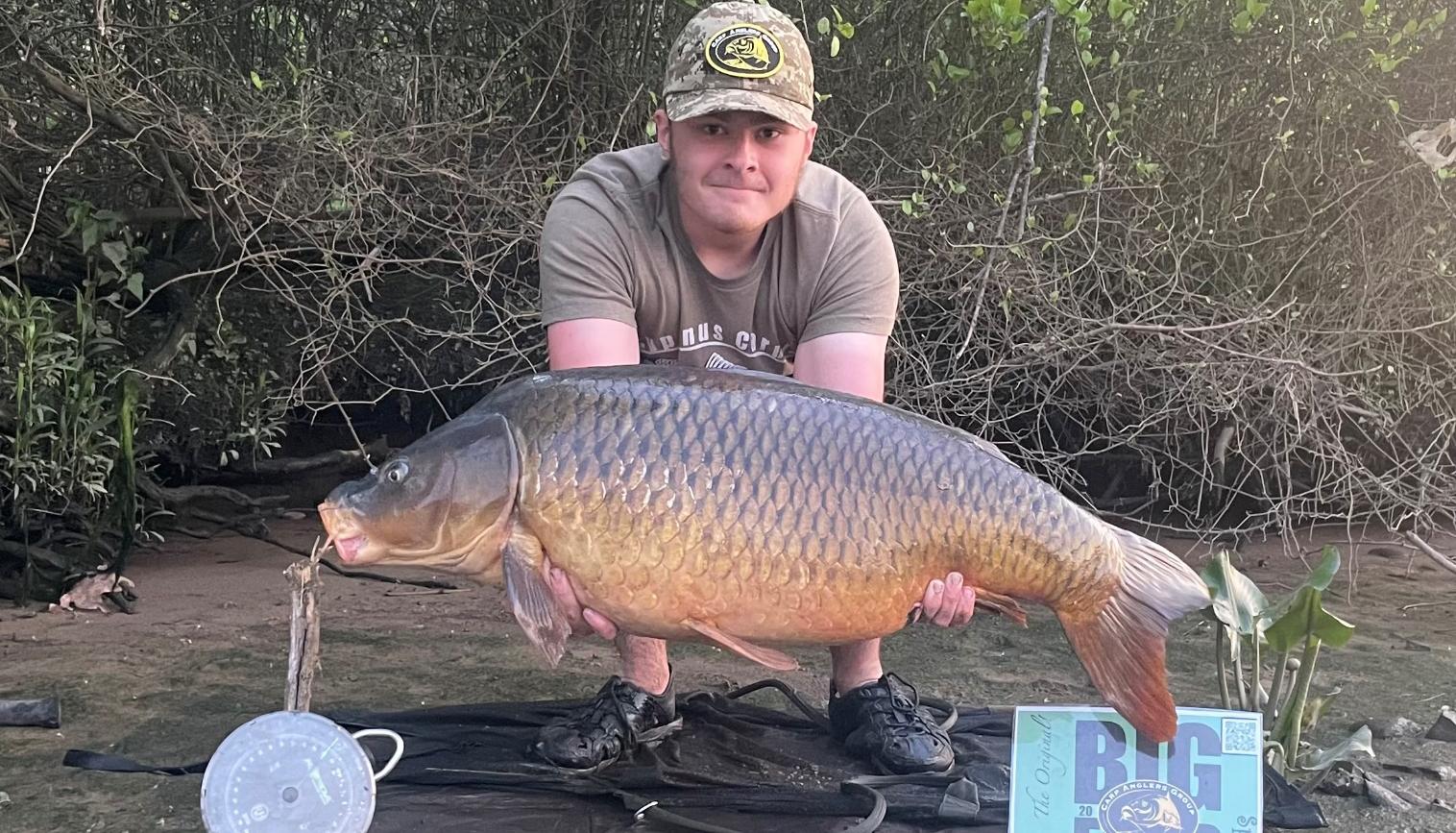

orientrodsusa@gmail.com
facebook.com/OrientRodsUSA
instagram.com/orientrods.usa
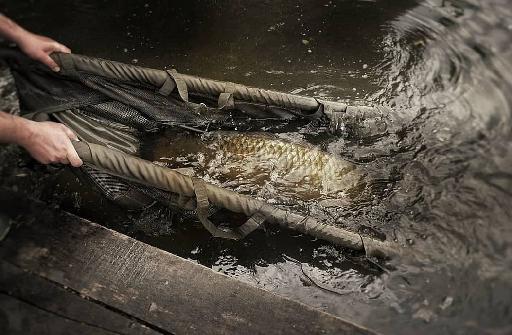

By Brian Santos - NY Central State Chair

This June we held the annual CT vs NY Yankee challenge. The first leg was in CT at Charter Oak Park near Hartford on June 16th. High winds plagued the day and only 3 fish were caught.



The first fish was caught by Stelian Bogdan at 12lb and the next by Ian O’Connell at 13.09 lb.
So Ian won big fish with his and 1st place for the CT leg, while Stelian took 2nd.
This gave NY an early lead of 5 points over CT who scored zero.
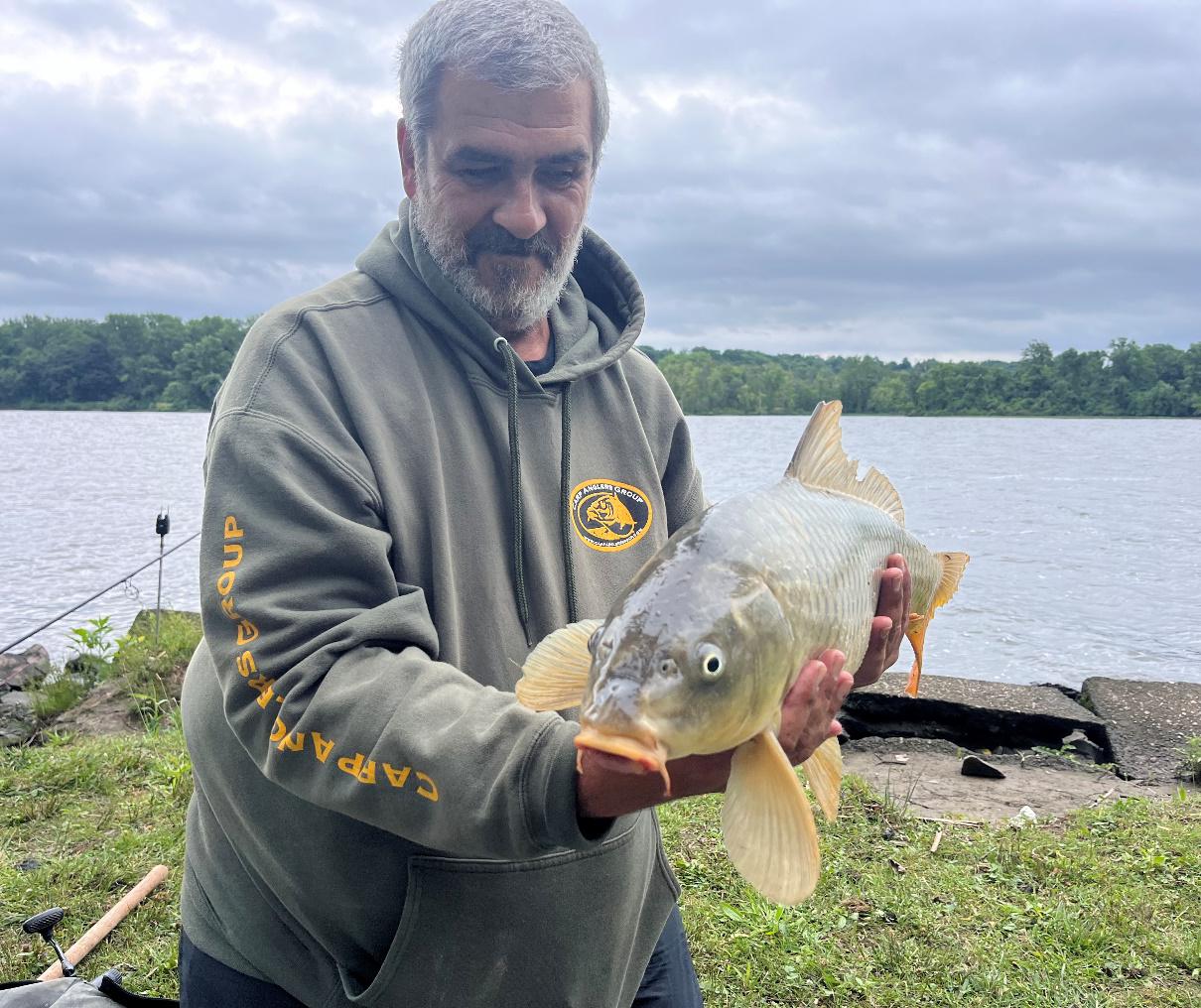

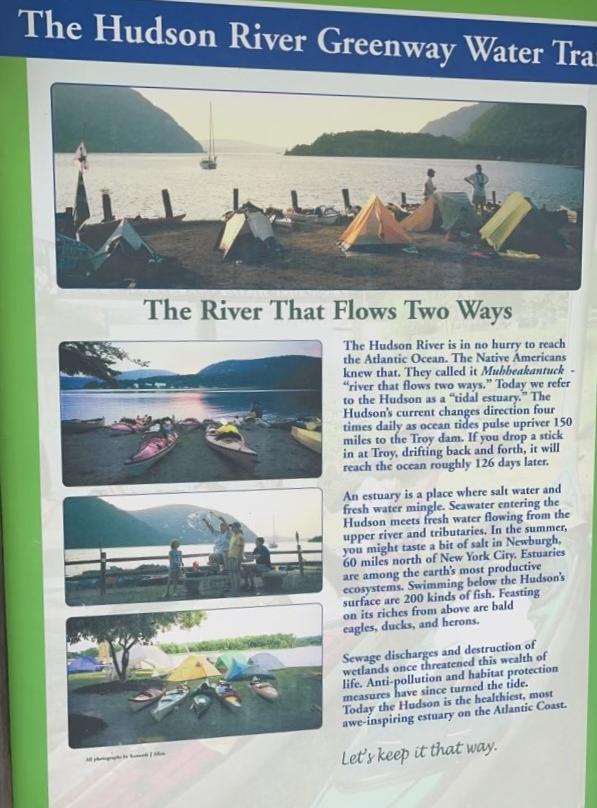
Another day of high winds plus some accompanying light rain didn’t dampen enthusiasm. It was much better fishing on this second leg with about half the field (everyone past a certain peg) getting steady runs all day. Ian O’Connell won 1st place with 135 lb and took home the carp belt with 10 fish landed.

Stelian Bogdan had half a dozen fish for 74lb and took 2nd place. John Lilly also had a busy day, with another half dozen or so for 71lb and also managed to land the big fish of the day at just over 21lbs. Steve Clow for CT was 4th with 43lb.
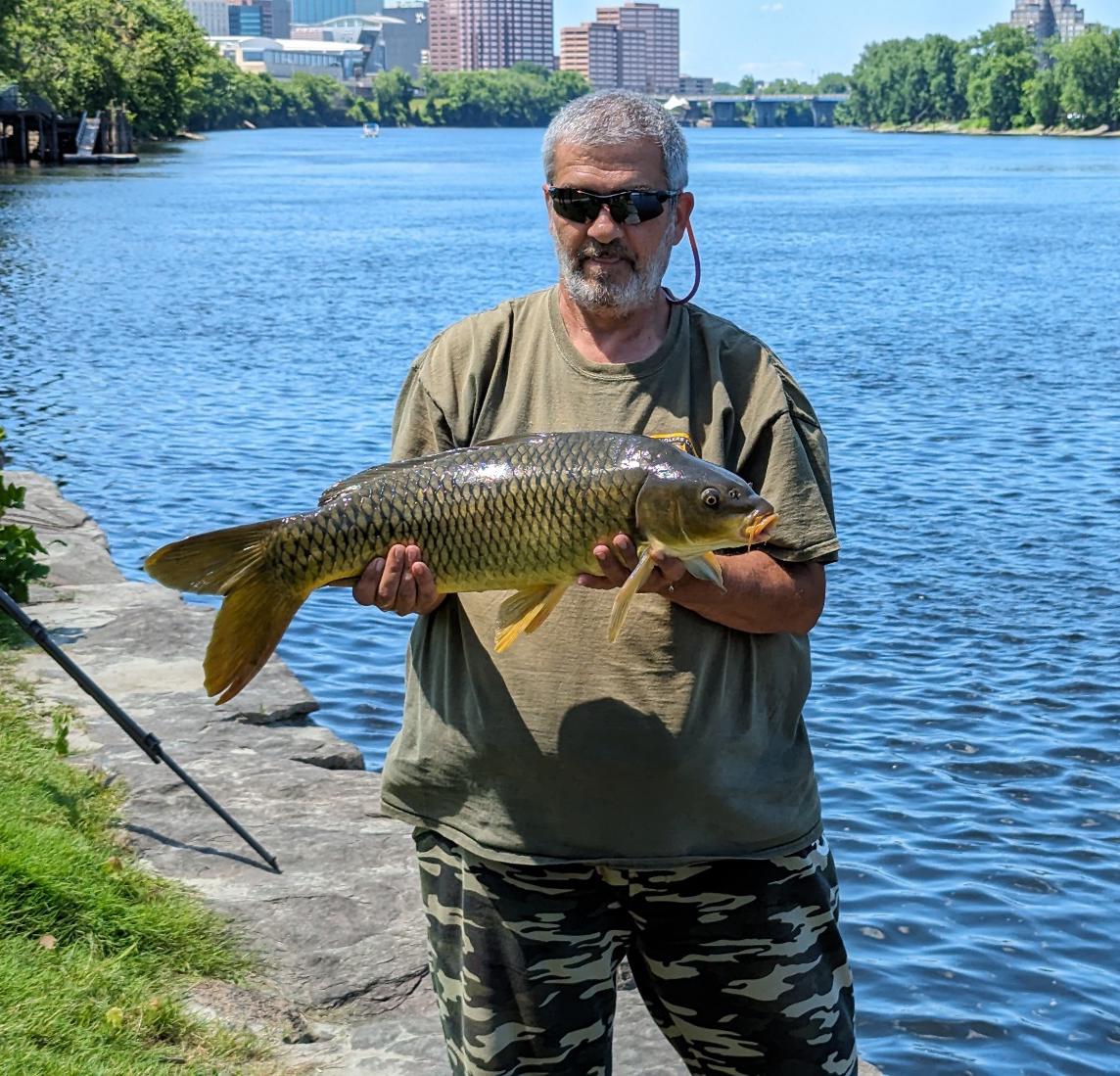
The Yankee Challenge Belt goes back to NY this year! Great job to everybody and a huge thanks to everybody who came out. Next year we are anticipating some exciting changes to include more states in the challenge, we hope to see more of you there!


A big thanks to everyone who took part and look forward to seeing you again next year!
Participants:
CT
NY

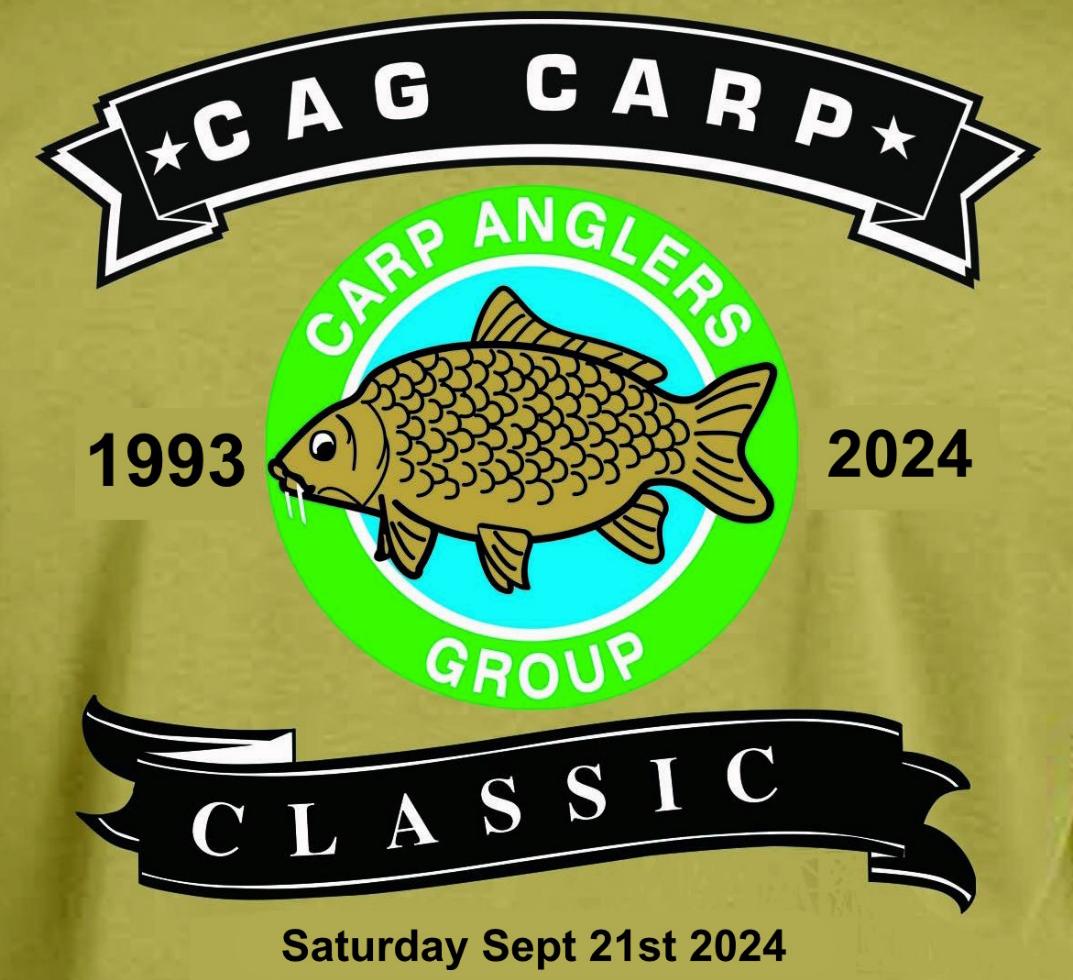
Coxsackie Riverside Park, Dutchman’s Landing & Henry Hudson Park
Friday Sept 20 2024
Meet and Greet: At the Pegasus Restaurant from 5:00 pm
• A Bar-B-Que will be available in the parking lot 4pm-8pm
• Get your scales certified.
Saturday Sept 21 2024:
7:00am - Peg draw @ Chrissy’s Diner Parking Lot
8:00am - 4:00pm - CCC Tournament
6:00pm - Dinner
7:30pm - Awards, Prize Giving & Raffle
Click Here to Sign Up:
https://www.carpanglersgroup.com/forum/index. php?/store/product/360-ccc-2024-registration/
For More Information:
https://www.carpanglersgroup.com/forum/index. php?/topic/69644-cag-carp-classic-ccc-2024-thedetails
The North American Champion trophy will be awarded to the angler with the Four Fish with the greatest total weight (Big 4).
Winners will be able to have their name engraved & added to the trophy.
The Trophy is held by the winner and then passed onto to future winners.
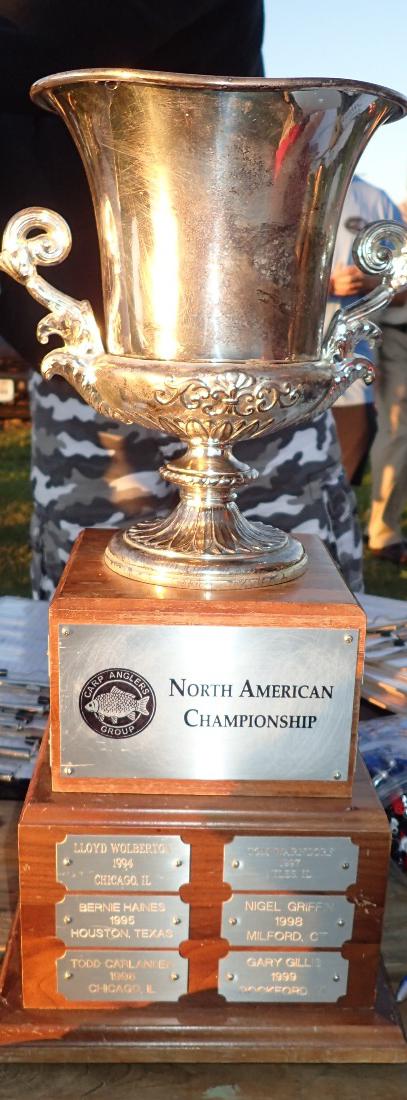
The North American Carp King Jeweled Belt Buckle will be awarded to the angler catching the Single Heaviest Carp.

In addition, we will have Special Awards for the angler landing the Biggest Mirror, Smallest Carp Caught, First Carp Caught, the Heaviest Combined Total-Weight as well as Trophies for each Section Winner (Big 4)


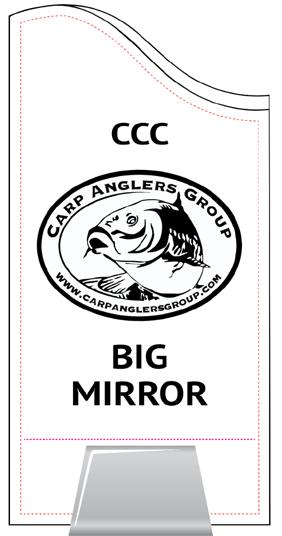
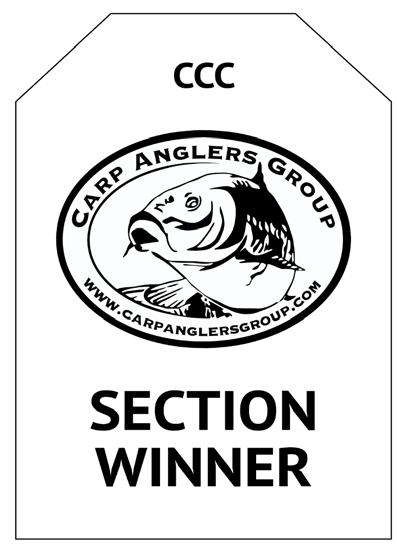

We will also have a variety of tackle prizes to award to winners.

By Iain Sorrell
A few years ago I was sat happily watching a massive slick form over an area I’d just baited with pellets and chopped boilies mixed together with liquid tuna extract and hemp oil. There was little doubt in my mind that it would create a massive signal to the carp, both near and far, and pull them onto the bait. In the end it proved to be a very successful week-long session with some incredible fish caught. But the more I thought about it the more I began to wonder if this approach was really the most effective way to use oils in carp fishing?
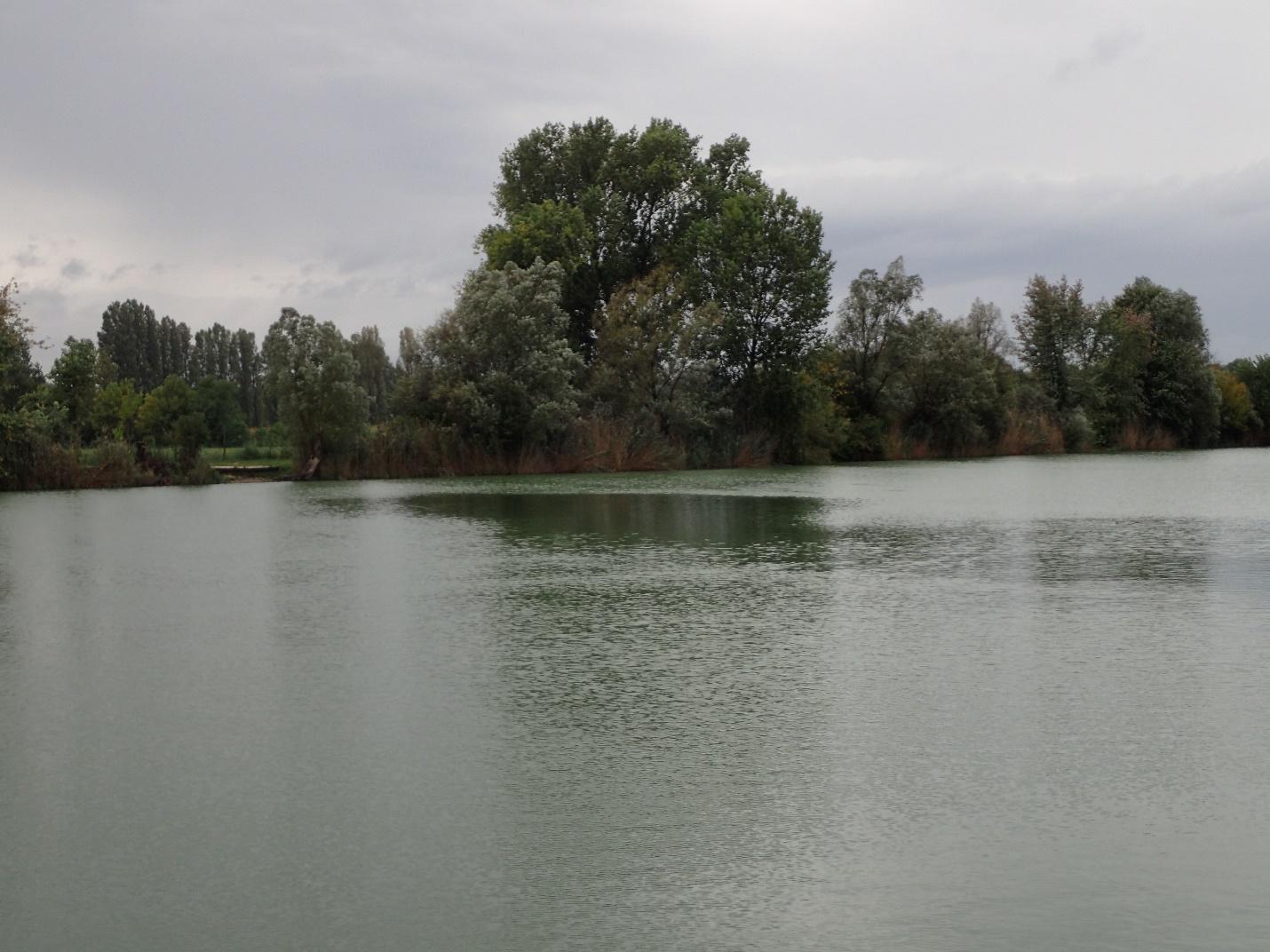
A big slick forming over the baited area…




The use of hemp, tuna or salmon oils in carp fishing has grown enormously in recent years.
Throw in pilchard, sesame, peanut, wheat germ and the list of oils continues to grow rapidly. They have become common place in PVA bags, stick mixes as well as ground bait and boilie glugs all with the aim of giving that special edge to enhance attraction and get the carps attention.
But the real question is how effective are they and how best should we use them?
Fish oils and liquid foods are a great combination with pellets
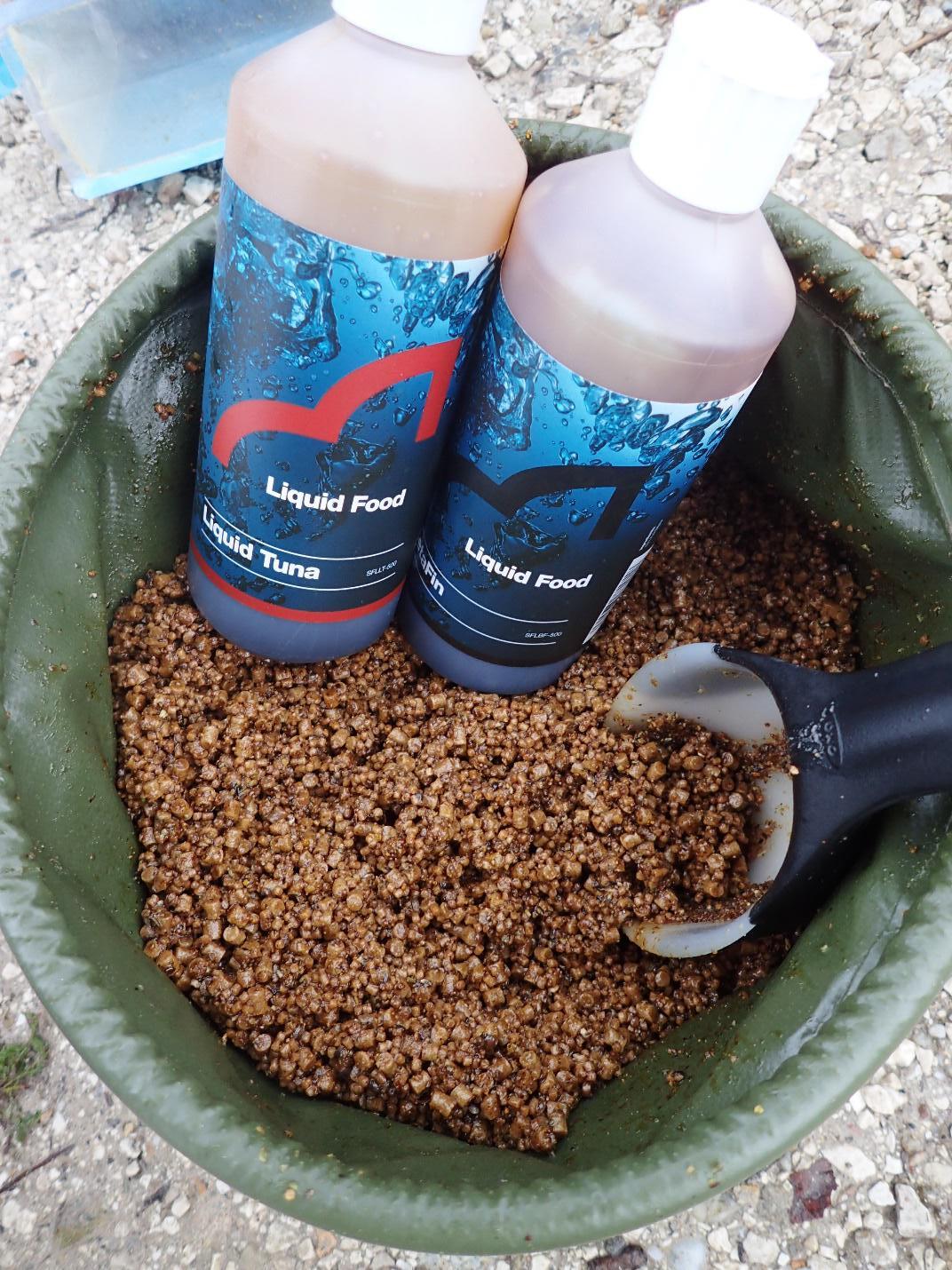
Even with the benefit of a scientific background I sometimes find it easy to overlook even the most obvious things! Some are often staring me right in the face… such as the fact that oil and water don’t mix (at least not without a helping hand), that oil is less dense than water so rises up quickly through the water column and then when it finally reaches the surface will spread out creating a slick over a very, very large area. Now that in my mind creates a quite a significant number of issues!
One misconception, that I’ve read on quite a few carp blogs, is that because oil is not soluble in water
(it’s hydrophobic which means it repels and will not mix with water molecules) then carp are not able to ‘smell’ or ‘taste’ it. I’ve always been confused by this because in reality carp, just like we humans, can both smell and taste oils but not necessarily in the same way. Let’s just think about how it is that we can smell and taste the difference between a range of oils such as hemp, sesame, peanut and coconut. Each of these oils has a number of volatile components that even though some are insoluble in water can still interact with smell (olfaction) and taste (gustation) organs to elicit a response.
The main flavor compounds in roasted oils such as sesame, peanut, etc include pyrazines, pyrroles, pyridines, thiazoles, furans, aliphatic aldehydes, alcohols, ketones, fatty acids and miscellaneous compounds. Many of these compounds contribute to the distinct sensory characteristics of these oils. For example, pyrazines are the main compounds responsible for the roasted ‘nutty’ flavor. Since some of these compounds are soluble in water then we can confidently predict that they must be able to be detected by carp.

If you have an oil that you plan on using for carp (or any other species) fishing then shake it vigorously with some water, then wait for it to separate and pour off the oil layer. If there is a taste and smell remaining in the water then you know the answer!
Here is an excerpt from a 1960 research paper that was studying ways to attract carp (although sadly in an effort to help find ways to eradicate them) that seems to support the idea.
NEW YORK FISH AND GAME JOURNAL, VOL. 7, No. 1, JANUARY 1960
Howard A. Loeb Conservation Biologist New York State Conservation Department
The reactions of carp to 115 flavors and many types of food were observed at the State Fish Laboratory at Livingston Manor. The test fish detected all the oils and a number of watersoluble flavors, but not alcohol and salt. Each oil-soluble flavor (Table 2) was tested in two emulsified forms: first, oils were emulsified in a blender; for repeat tests, in a mixture of polyoxyethylene sorbitan monooleate. Strangely enough, no oil-soluble flavors produced a positive feeding reaction, although all were detected by the fish as evidenced by brief snapping of the jaws.
The feeding reaction is defined as the searching portion of the chain of events starting with appetitive behavior (Baerends, 1957) and ending with nonfeeding behavior after eating.
The feeding reaction in this case may be described as a horizontal search for food on the tank floor or more rarely on convenient vertical surfaces. It was often preceded by a slow, descending spiral movement from the stratum of flavor-bearing water to the tank floor.

The last sentence also compares favorably with my own observations of fish rolling on the surface before dropping down to feed and hopefully pick up the bait. Loeb also goes on to highlight how pellets coated with fish particles combined with olive or soybean oils elicited a positive feeding response (now there’s a lightbulb moment).
There is also an excellent article Sharpening the Senses by Daniel Jawadnya that was published in a printed edition of the NACA magazine a few years ago. In the article Daniel describes a series of experiments to test a carp’s reaction to various commercial carp flavors, oils, fishmeal and bait ingredients. In the experiment he used a cork ball coated with a single test item and then observed how the carp in his aquarium responded.
The results, on many levels, were truly eye opening! Of the three oils tested in the absence of any other stimuli Hemp oil produced an average response, salmon oil a marginal response and garlic oil no response. So once again there is evidence that some oils can stimulate a carp to respond.
CAG Members can read the article here: https://www.carpanglersgroup.com/forum/index. php?/files/file/190-sharpening-the-senses-danieljawadnya/
I also read a November 2022 Bait According to… article in Carpology magazine where Terry Hearn highlighted his success fishing with peanuts as single hook baits. And he did this without chumming any freebies! There was little doubt in his mind that fats & oils attract carp. Terry also advocated using ground up herring to replace eggs in boilies to maximize the attraction properties of fish proteins and oils.
Now just as in other animal species the amount of lipids and carbohydrates in a carp’s diet can prove critical to how it also processes protein. If there is too little of either then the fish will begin processing protein to use as an energy source. Proteins are critical for many primary functions and processing them for energy will put key functions at risk and lead to a loss in muscle mass. Protein ‘sparing’ is the process where the body derives energy from sources other than proteins. This requires sufficient carbs and fat being available in the diet to ensure muscle mass is conserved. In healthy carp they require a protein intake of 7-8 g / Kg body weight for maximum growth with 30-38 percent crude protein. Lipids and oils in the diet are key with a source of the essential n-6 linoleic and n-3 linolenic fatty acids.
Let’s take Sesame seed oil which is a good source of Vitamin E and contains high amounts of (83-90%) unsaturated fatty acids, mainly linoleic acid (37-47%), oleic acid (35-43%), palmitic (911%) and stearic acid (5-10%) with a trace amount of linolenic acid. While these organic acids are insoluble in water they do have properties that appear to allow them to interact with carp sensory systems.
A variety of vegetable oils with medium chain (612 carbon) fatty acids such as linseed and coconut oils have been successfully used in fish farming to improve diets including the raising of carp.
So if we accept that the use of oils is effective as a dietary enhancement and potentially an attractor or carrier in carp fishing then we need to take into account some limitations in using them.
One such limitation is that oil droplets will float quickly up to the surface and disperse without, potentially, having any real impact. If we want the oil and other flavors to hang around longer in the water column to help attract and direct fish to the baited area then one way we can achieve this is by creating an emulsion.
An emulsion is formed by combining two liquids, such as oil and water, that would not normally mix. There are three kinds of emulsions. Temporary, semi-permanent, and permanent.
An example of a temporary emulsion is a simple vinaigrette where vigorous shaking of the oil and vinegar creates tiny droplets of oil dispersed throughout the vinegar which will then separate out again after a minute or two.
Mayonnaise on the other hand is a permanent emulsion. It combines egg yolk, vinegar or lemon juice with oil. The phospholipids (lecithins) in egg yolk act as emulsifiers because they have some amino groups that repel water and some that attract water. These lecithins allow the oil droplets to remain in a stable suspension in the vinegar without separating. Milk is also an emulsion of milk fats in water, with milk proteins acting as the emulsifier. Emulsions are found everywhere in the food industry and beyond.


One of my favorite emulsifiers is evaporated milk. Simply pour the oil of choice in a bottle or container with the evaporated milk and shake thoroughly.
I usually work on 10% oil by volume of the total volume (so add 10ml of oil for every 90ml of evaporated milk)
The resulting mixture will remain stable for long periods. If you wish you can also add a small amount of flavor then it will be easily and quickly dispersed in the surrounding water column.

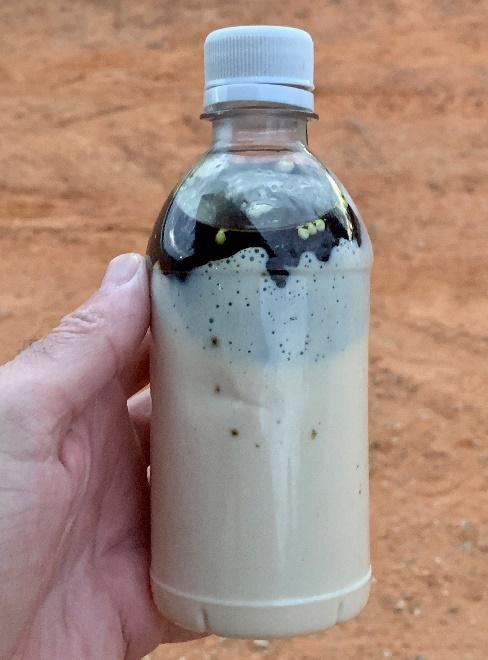
You can also try experimenting with various milk substitutes such as Soy, Almond and so on.
And one that I recently tried is Horchata. In Latin America this popular sweetened drink with cinnamon is based on rice, ground melon or sesame seeds but in Spain it is made from tiger nuts giving it an extra added carpy attraction!
Powdered milk and creamers also work well so you can get quite creative with the wide choice of flavored options.
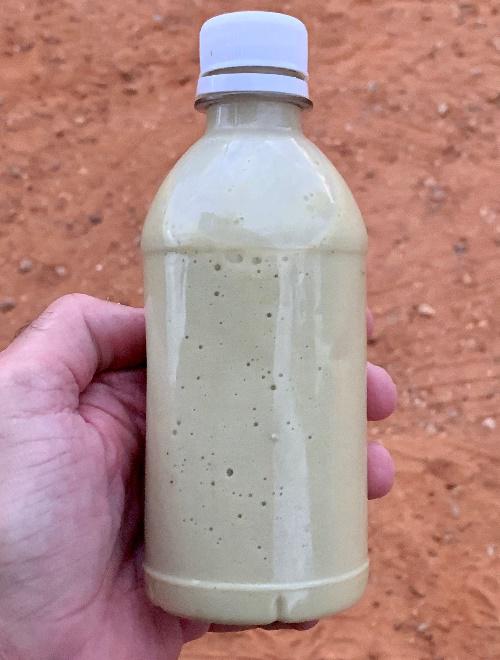

There are many flavored coffee creamers, milk powders as well as flavored drink mixes like Nesquik or malted and flavored ice cream powders.
Cream based liqueurs such as Baileys can also be very effective. The alcohol will also help as a solvent carrier for insoluble organic components which should make them more available for detection by the carp’s olfactory system. Ethyl Alcohol based flavors are also worth exploring as they not only disperse quickly but are ideal for early spring and late fall or winter cold water conditions.

Over the years I’ve often ‘soaked’ my boilies in an emulsion of one part hemp oil and 9 parts evaporated milk. I usually leave them for a few days before using. If you want to enhance them still further coat the now ‘sticky’ boilies with finely ground boilie crumb.
This creates a very nice cloud and long-lasting flavor profile in the baited area and more importantly stimulates a very positive feeding response. I’ve also found that in many cases baiting up with just a couple of pounds of coated 15-18 mm boilies every couple of days will keep carp coming back to the swim and feeding confidently.
Finely ground up boilies or boilie pellets can also make great emulsifiers as the egg & other proteins they contain will help stabilize the mixture. The oil will also help carry the scent & particles up through the water column to create a very enticing signal for carp to follow.
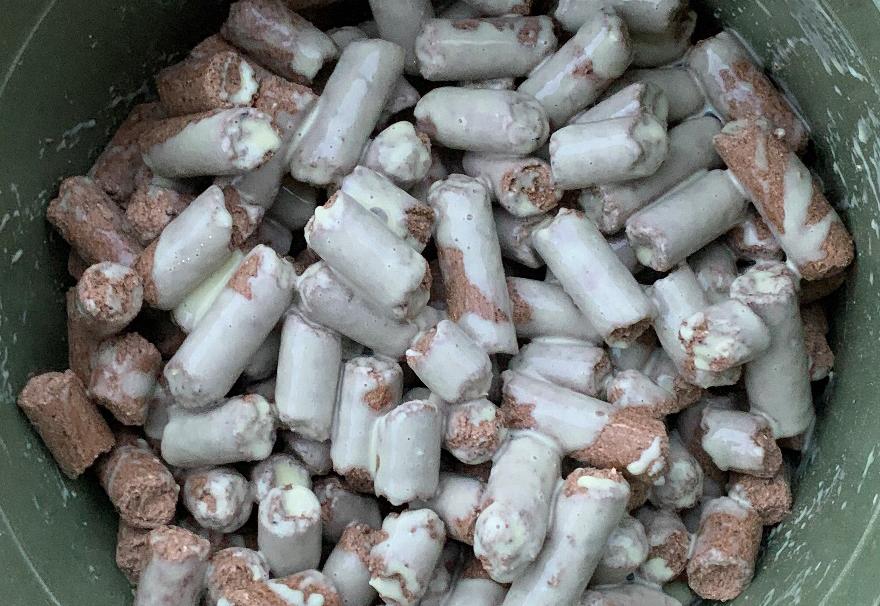


The sweet feed, layer pellets and cattle range cubes you can buy from feed stores here in the USA are often very effective and inexpensive options for attracting (chumming) carp into a swim. One limitation however can be the rapid rate at which they break down in the water. In moving water this can result in the feed and attraction being washed downstream much too quickly.
Coating them with a vegetable or fish oil can significantly reduce the rate of breakdown but it can also mask the base attraction and aroma of the feed or pellet.
An emulsion, such as evaporated milk and hemp oil, not only slows the rate at which the pellets break down but can also help enhance the base attraction.
Here’s one of my favorites:
Add the liquid from a can of sweetcorn to the evaporated milk and hemp oil emulsion used to coat the range cubes.
When you are ready to bait up throw in the sweetcorn kernels with the coated range cubes and you have a devastatingly effective chum mix.


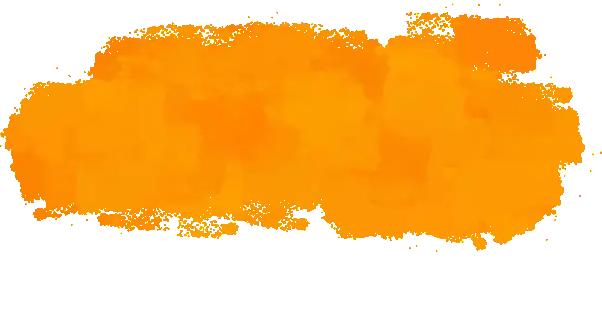

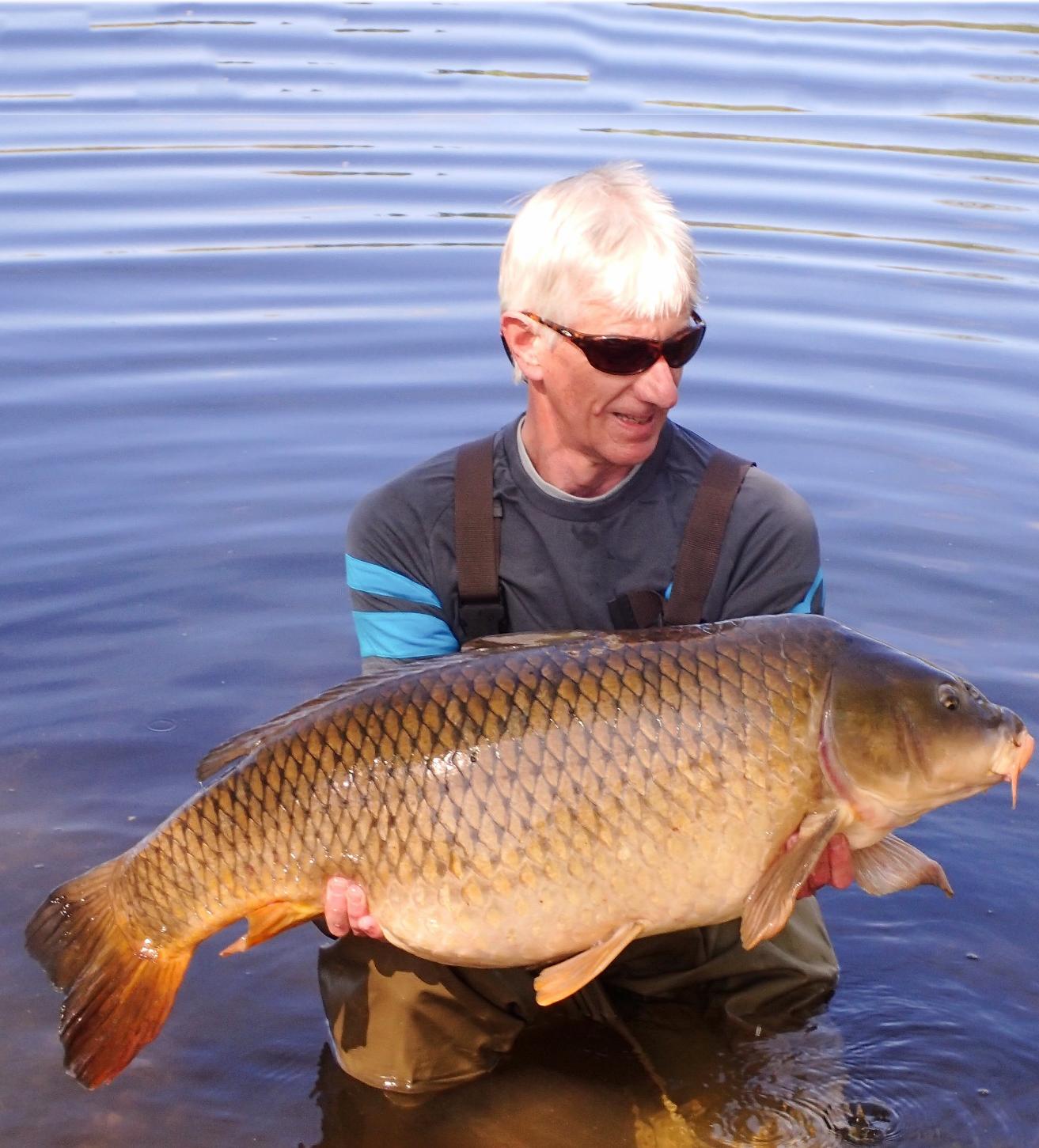
A PB common of 39.04 was the reward for boilies soaked in an oil & condensed milk emulsion.
Emulsions have become an essential part of my carp angling in recent years and the results have been very rewarding.
If you are looking to take it to the next level then give them a try!


By Brian Santos - State Chair, NY Central
The first NY CAG Social of 2024 took place on May 18th at a wonderful little pond I found earlier in the year.
This is my first year as CAG State Chair so I’ve been spending a lot of time scouting areas for possible fish ins & socials. When I found it, I thought this might be a good place to get a few sub 15lb commons. I saw them cruising the surface, so I knew there were plenty of fish. Easy parking & you can fish right out of the car, making it a great place for a get-together.
I set my rods out to get a feel for the place & a little while later I had a screaming run. All I could think was that this fish was fighting MUCH stronger than anything I would expect to be in here! Got her into the net & it was a stunning 30lb chestnut colored common. OKAY, so we have a great location on our hands!
I grappled with the thought that I’m sure any one of you would have; should I keep this to myself? But truth be told I would have never found it in the first place if I hadn’t been scouting specifically for fish-in locations.
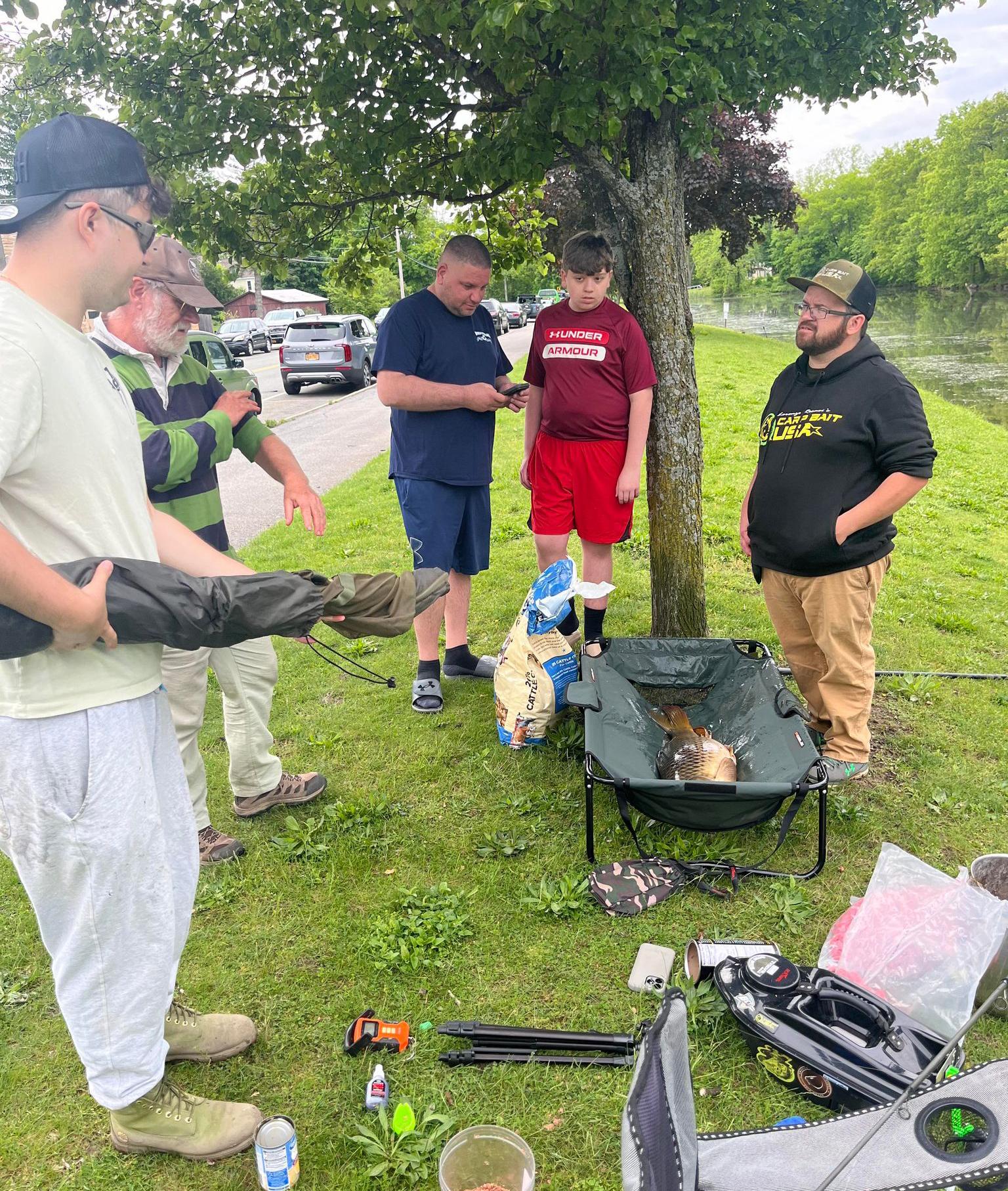
So, a date was scheduled & RSVPs came flooding in! Leading up to the fish-in , I fished it one more time with Ian O’Connell & Barry Howard. Well, it continued to impress us! Ian started us off with
a magnificent wood carving looking mirror, truly something special. Shortly after, Barry started taking Ian & I to school, landing multiple fish in a row. One of which being a stunning 20+lb ghost!
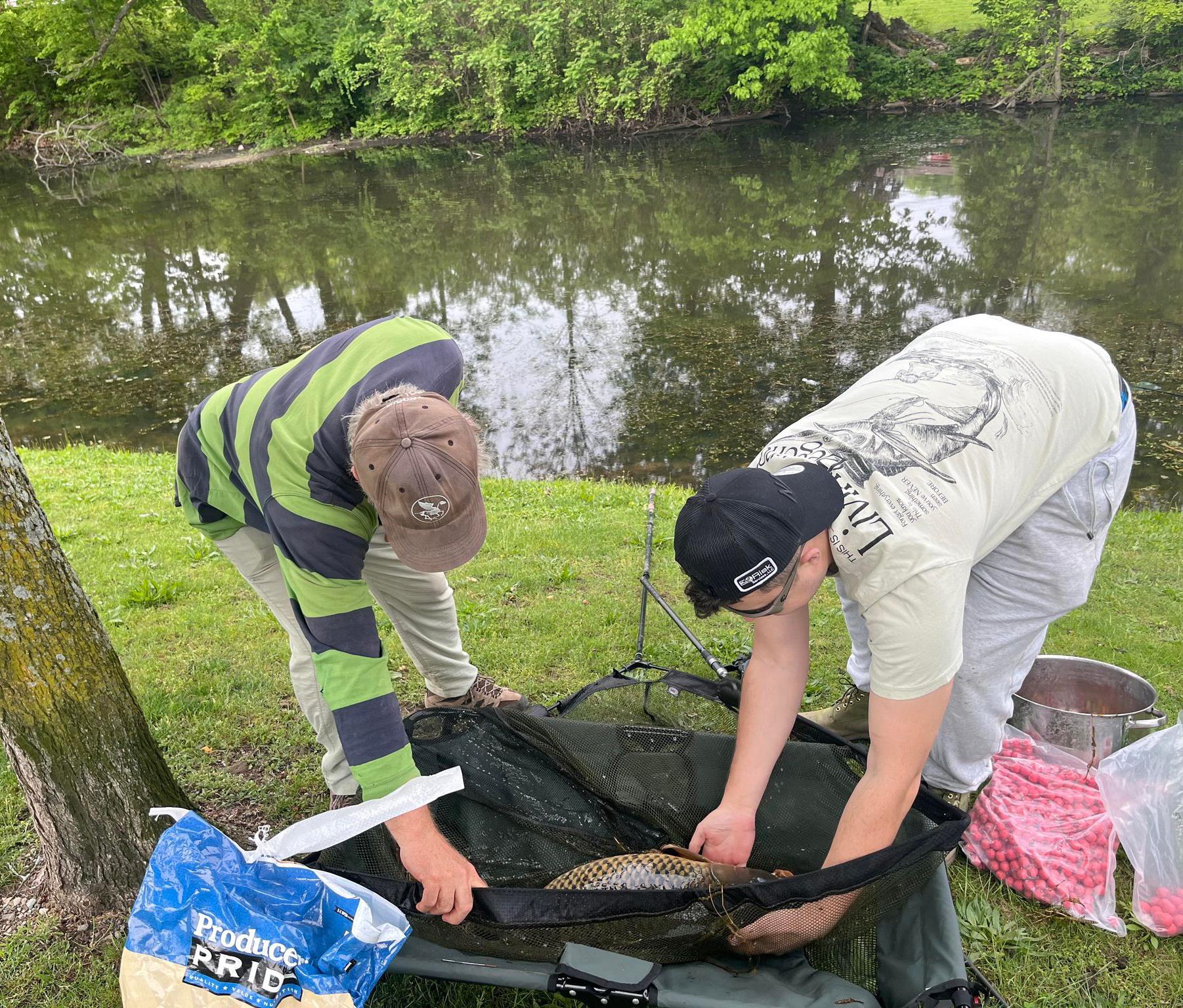
The fish-in started at 8am on Saturday May 18th. This was two weeks after Barry, Ian & I had our session where we caught those really unique fish. We had a great turnout, with almost everybody who RSVP’d showing up. New friends & old friends, a really great group of guys. Richard Oliviera started us off after a slow morning with two commons.

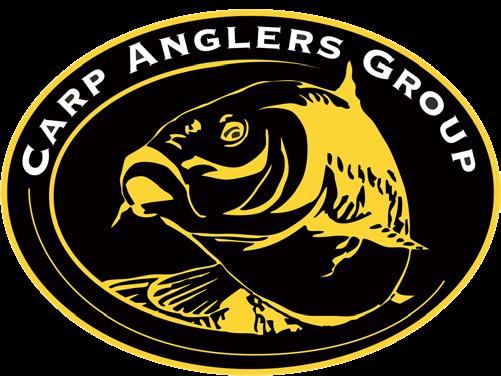



That first run couldn’t have come soon enough ! An hour or so later, Adrian Skorka landed his first ever fantail common, at 19.5lbs. It was an absolutely incredible fish! It being a very slow day, you could definitely say this boosted the confidence of everyone around! After this a few koi decided to show up, swimming over every rig in the pond!
After a few walks around, a couple of us spotted large ghosts, a few mirrors and plenty of other neat fish sunbathing and doing some pre - spawning rituals. It had been a very hot week & they were very close. (They made a few attempts to start later in the day.) We spent the day catching up, meeting new people & watching the fish.
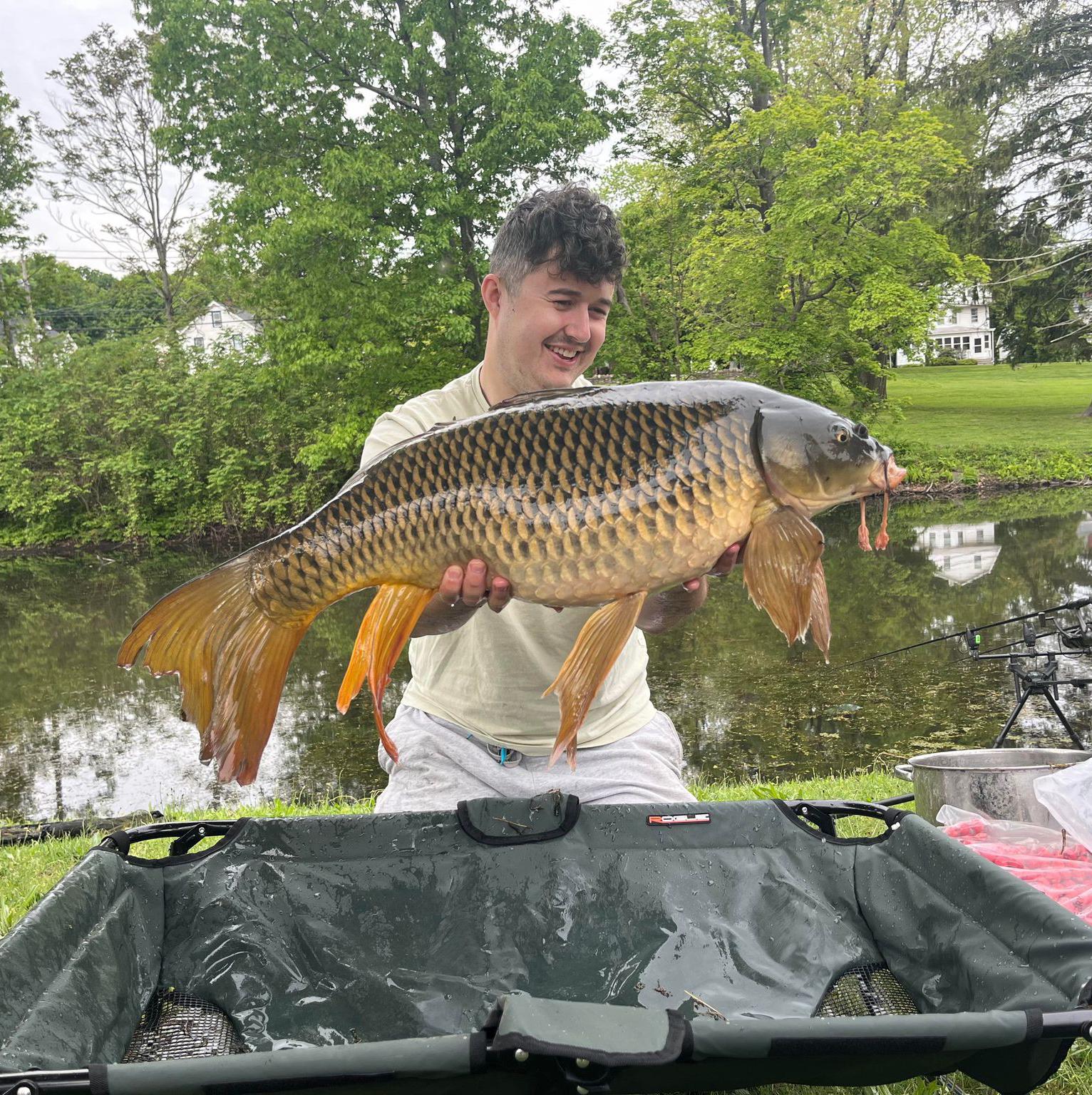
All in all a great event & I can’t wait to get the guys back there this fall.


By Aniq Sajjad
The Minnesota fish was held 5/25. Unfortunately high winds with 40mph gusts cut the day short.
The biggest fish was the first fish of the day caught by Max Boltman at 28.11
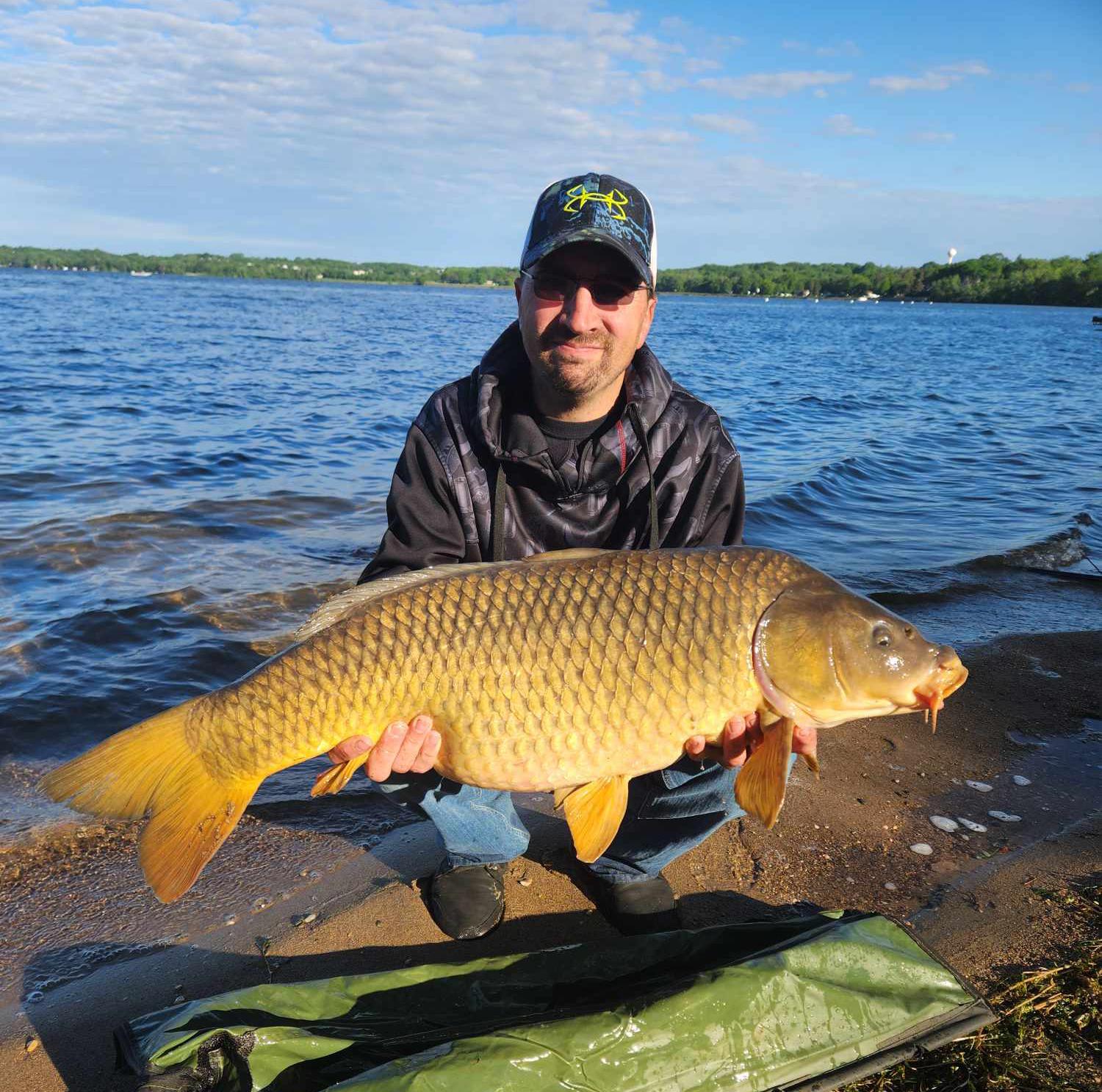



By Brian Santos
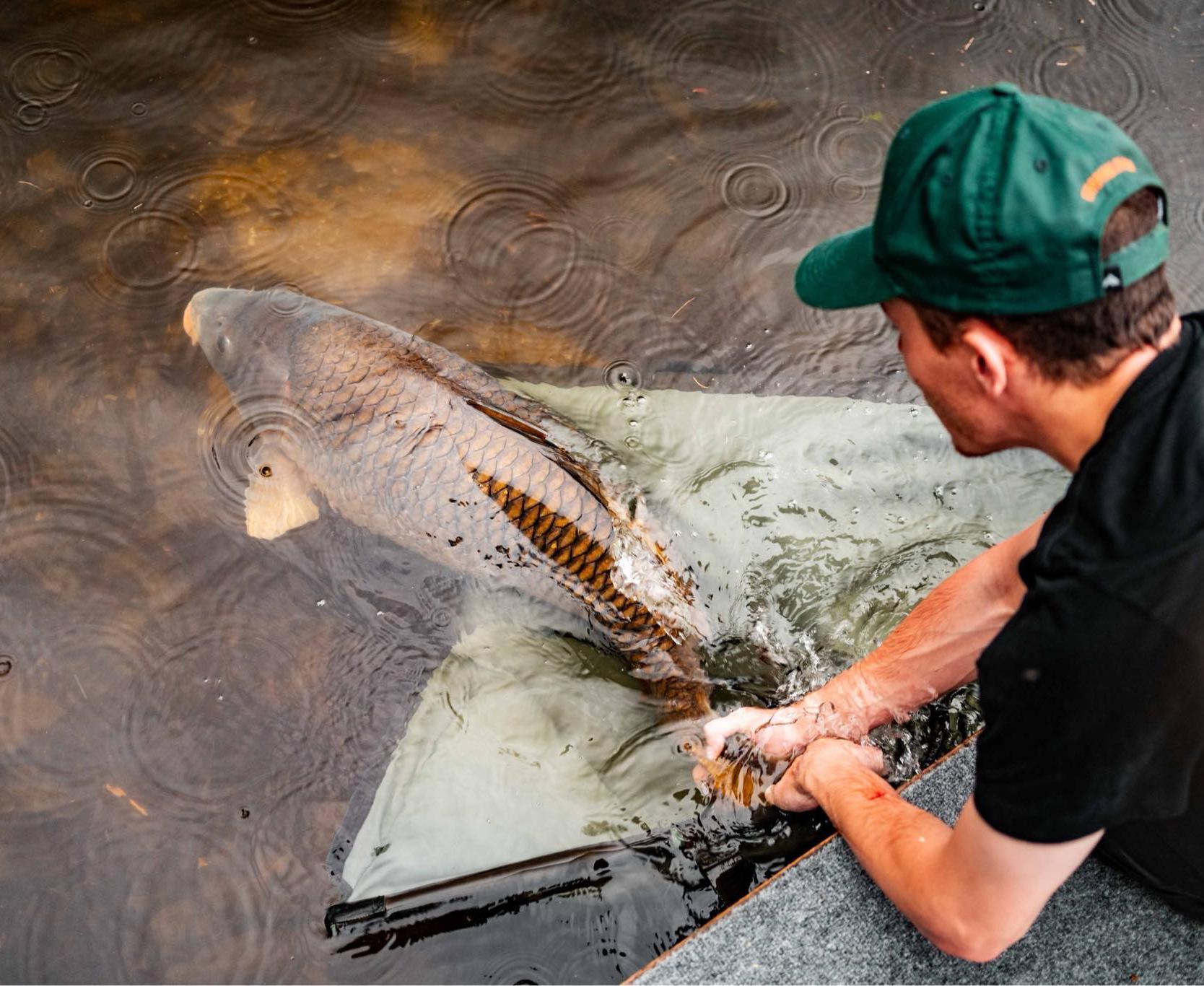
“ I have been carp fishing for a little over five years now, primarily on lakes and reservoirs in Central NY. Nothing brings me peace like being on the bank and I get out as often as I can, even if it’s just a few hours before or after work. I do a lot of scouting, bushwhacking to remote spots and exploratory baiting campaigns. No matter the outcome, I take something home from it to improve. I’m always looking for tips from others and I strongly believe that everybody has something that they could teach you.”

I have been lucky enough to receive guidance from incredible anglers like Barry Howard, Jerome Moisand and Lee Hurn.
The combined knowledge they have shared with me is immeasurable.
Last year, I managed to break my Personal Best with a 36lb 5oz fish from a large reservoir that I had been working hard to find fish at, after scouting and baiting different locations for 3 months. I had expected that PB to last a long time! Little did I know what would happen just under a year later.
On June 14th 2024, I was gearing up for the DT Baits Versus Challenge where I would be fishing against an angler from the UK in a friendly 24 hour competition.
After leaving work at 3am, I got in my car and drove an hour to the lake, where Rafal Wlazlo was kind enough to let me fish at his lake house while he was away. This is a gorgeous cottage he secured a few months ago, a spot that had never been fished for carp before us. A lot of work was put in to build it up to the swim it is today. Rods went in the water at 6am, each one rigged up with DT Baits 24mm N Blend boilies, the same baits which caught my previous PB. I piled in 5 gallons of feed corn and threw about 3 kg of mixed N Blend and Proline boilies on top.
The competition was a Big 3 format and by 10am I was off to a good start with a few 25lb fish to put on the board. Then around noon I got a slow run... Beep.. Beep... Beepbeepbeepbeep... Beep... Beep... By the time I got to the rods the fish had taken a large run to the right and slightly towards me. She quickly found a weed patch and as I was slowly popping her out, there were multiple long moments where she was completely locked up and
I thought I lost her. Each one felt like an eternity. I kept cool, changed my angle and stayed tight. There is a minefield of downed trees, floating debris, ledges and zebra mussels in this swim you have to avoid.
I managed to break her free and got her within 30 yards, when a branch wedged itself under my inline lead preventing it from slipping down the line. At around 15 yards in, my inline lead was wedged in the eye of my rod and I had to force line through it by reeling with a tight drag. This was the most memorable fight I’ve ever had with a fish, PB or not. I had to rely on everything I have ever learned about fighting fish in tough situations. I brought her to the surface and she was kind enough to roll into the net on the first try.
Even when in the net, I hadn’t realized just how big she truly was. I thought to myself, “this might be a new PB!”. Even though my PB was just 36lb at the time. I put her on the 30lb Reubon Heaton scale and it spun all the way around, I didn’t know what it meant at first!! At closer look I read the magic number... 45lb 5oz. I could not believe it.
I called Rafal to celebrate a new PB and he tells me I have just broken the State Record! This hadn’t even crossed my mind. The next few hours were hectic as he made endless phone calls to try and get a verified scale to me as fast as possible. I only had the record beat by 4oz which could very easily have been lost in the sling. I was lucky enough to get in contact with Steven Clow, a CT local and an incredibly kind man who had previously set the CT record years ago. It was Steve that convinced the state of Connecticut to allow catch & release carp records to begin with! & He knew the clock was ticking.
We had only met twice before, but he went out of his way to drive an hour with his certified scale to verify and celebrate the catch with me. On top of that, Rafal Cisowski came to see the fish and just happened to bring professional photographer Przemystaw Groch, who took some stunning pictures for me. Saying the stars aligned to make this happen is an understatement. Huge thank you to Fenton Trewick at DT Baits, both Rafals, Steve, Przemystaw and Keith Cisney at Proline.
I submitted my catch on Saturday and woke up on Monday morning with congratulations from CT DEEP! I have officially broken the State Record, something the little kid inside of me is incredibly proud of.
This was a mixture of dedication, hard work, experience and luck that might only come once in a lifetime. It is one of my greatest accomplishments and something I will surely remember for the rest of my life.
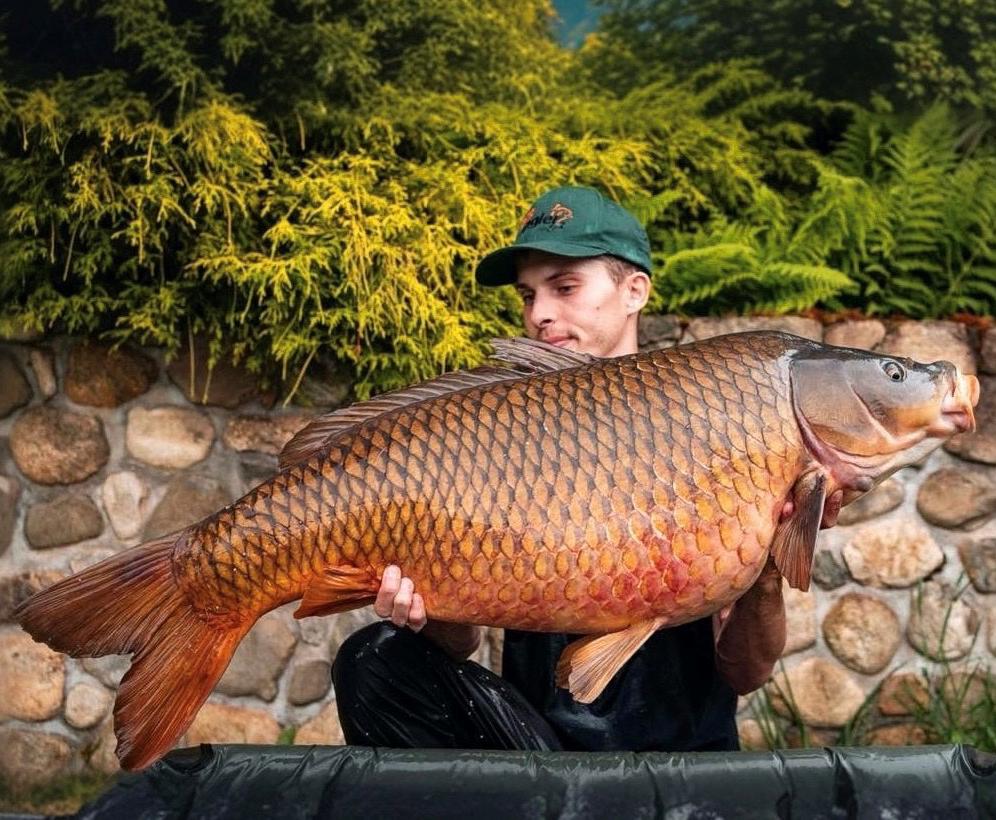

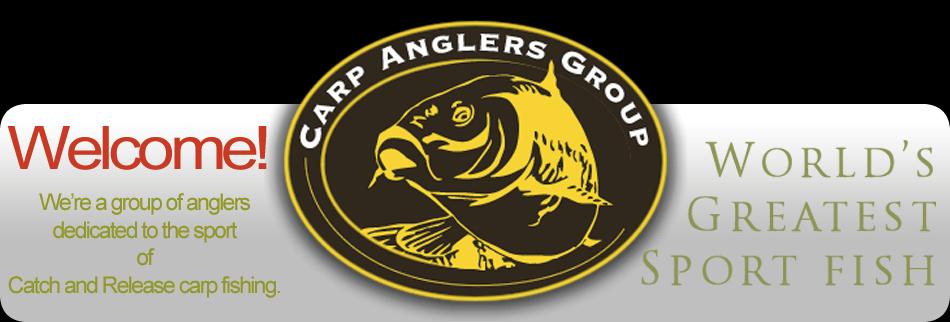
North America’s Longest Running Carp Organisation with a Dedicated Mission:
• To gain acceptance of the carp as an exciting and challenging sport-fish.
• To become better carp anglers, assist others and encourage them to join us.
• To treat the carp with respect, promote the release of trophy-size carp & encourage others to do the same.
• Most of all: Go fishing, Share with others, and have Fun.
As a member you will also be adding your voice & support to help CAG continue its efforts to work with State & other organizations to increase the recognition for carp as a sport fish to benefit the angling community
Member Benefits Include:
• Full CAG Forum Community Access
• Quartely NACA Magazine*
• Member Benefits
• CAG Apparel & Merchandise
• Fish-Ins, Events & Competitions
• New Member Tackle Pack *inc Printed Full Color Special Edition Membership is only $20 / Year (+ a one time $5 joining fee) which includes you, your spouse & any children under 18 living in the same household
The Carp Anglers Group is a non-profit organisation








